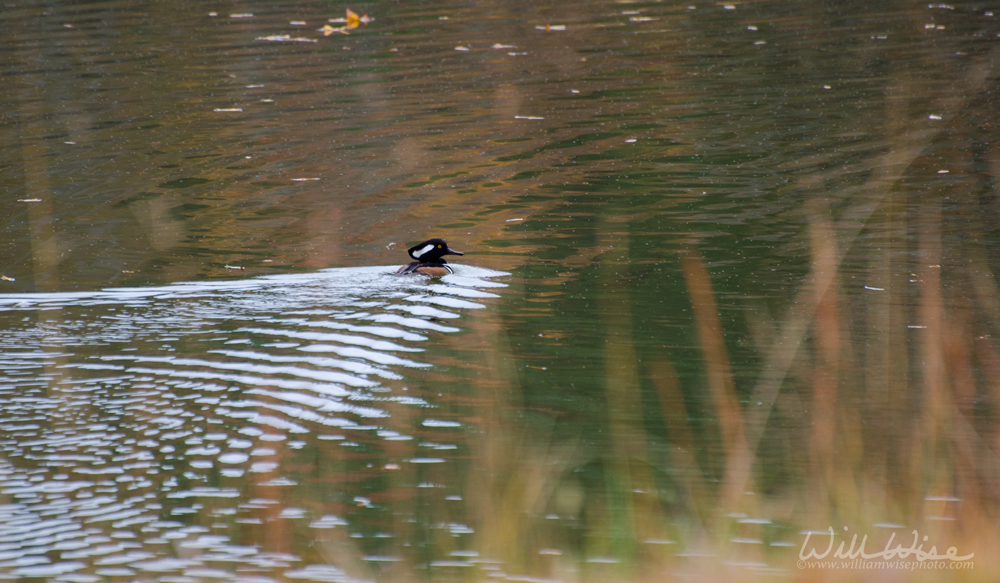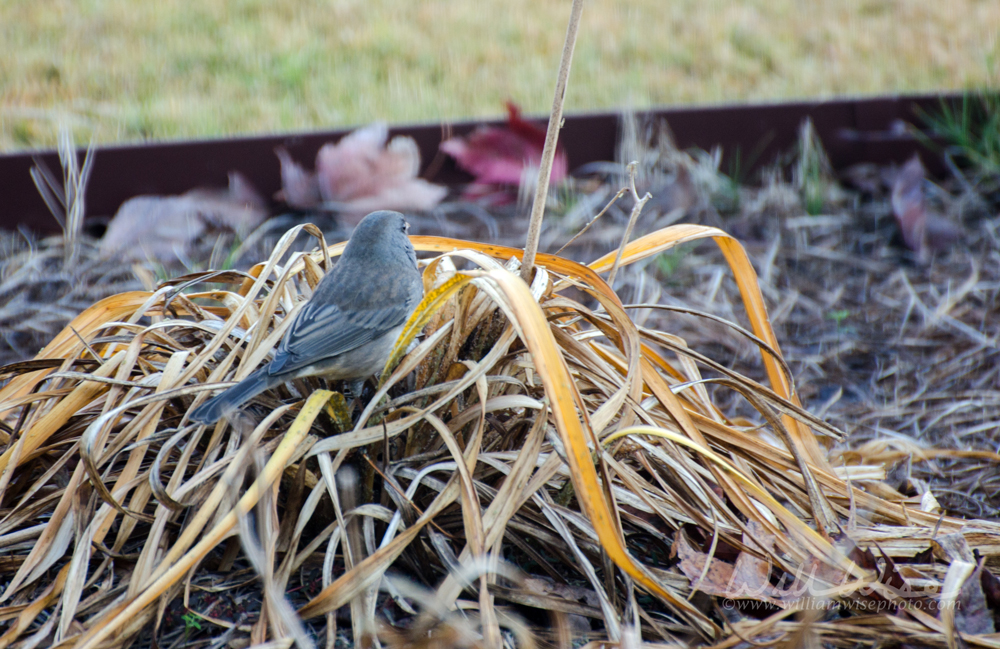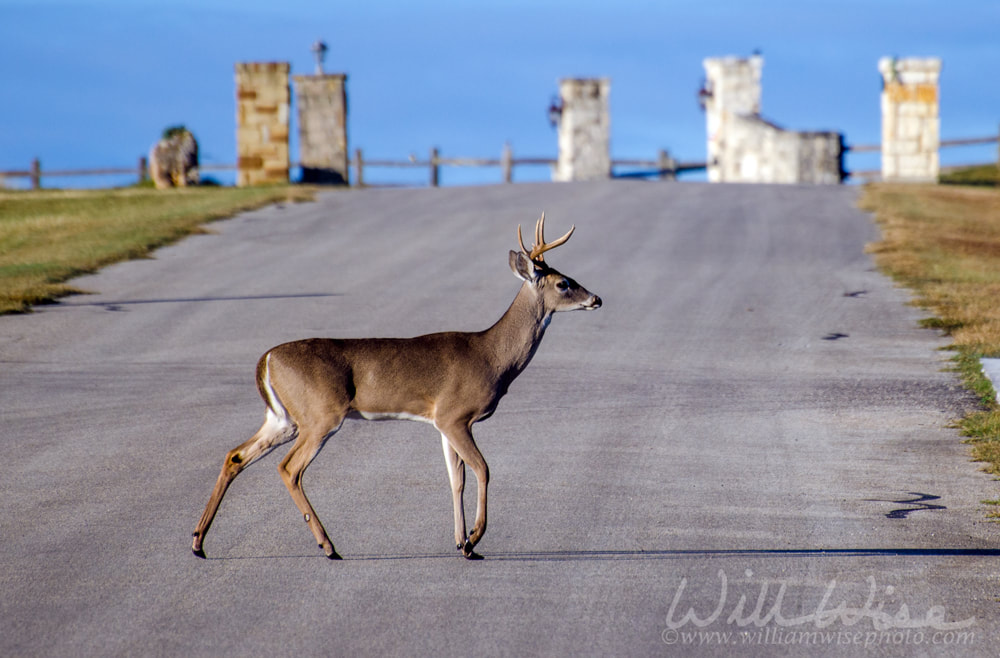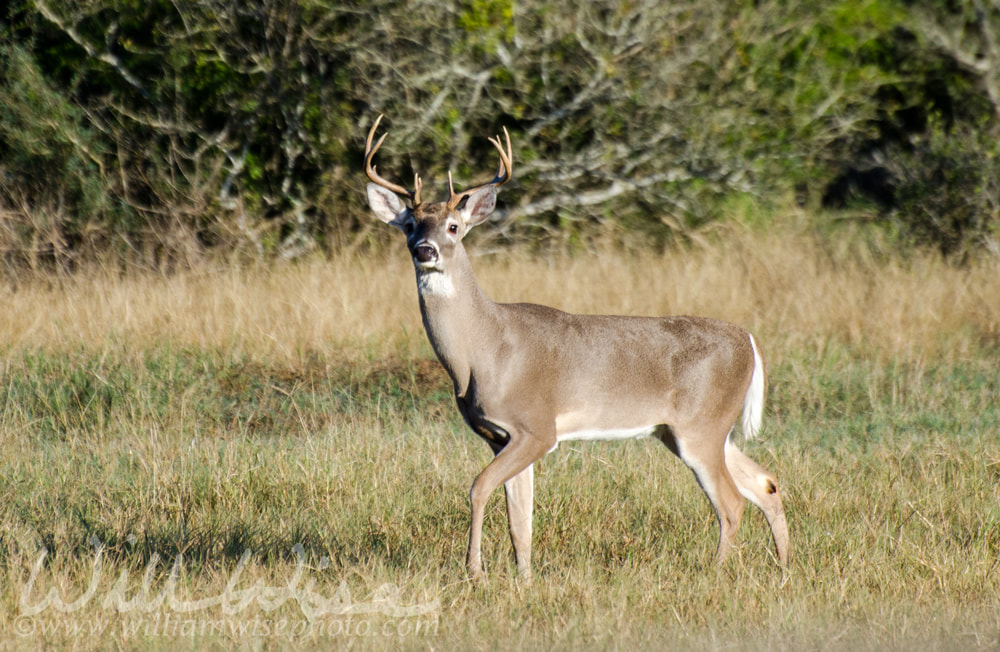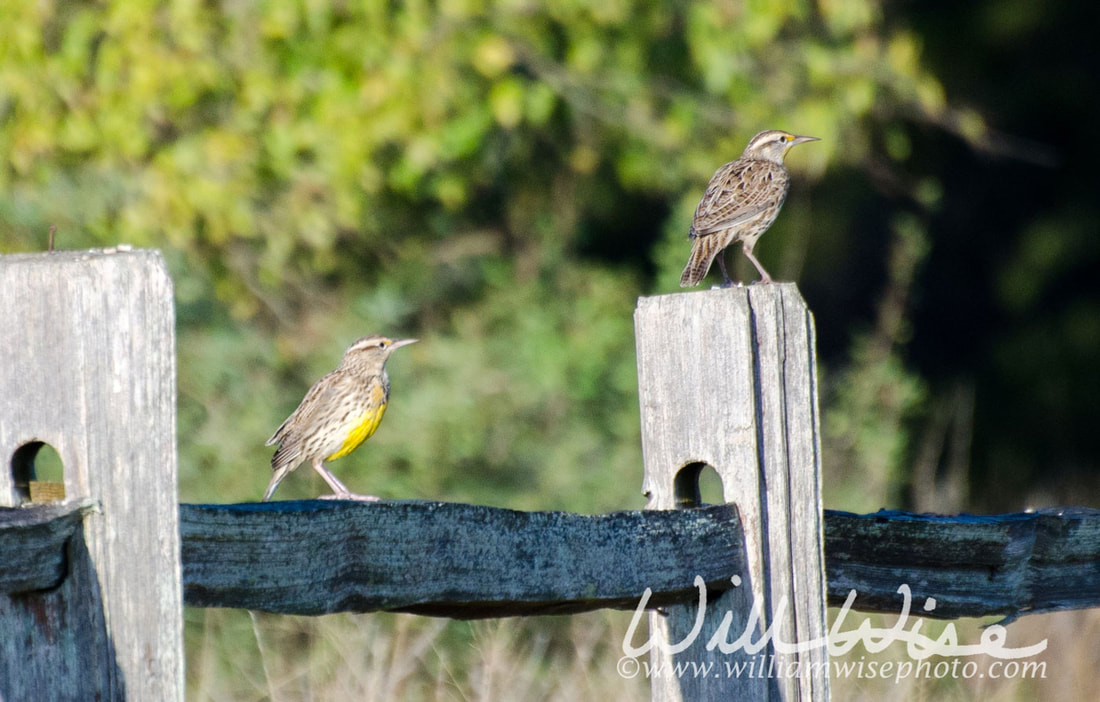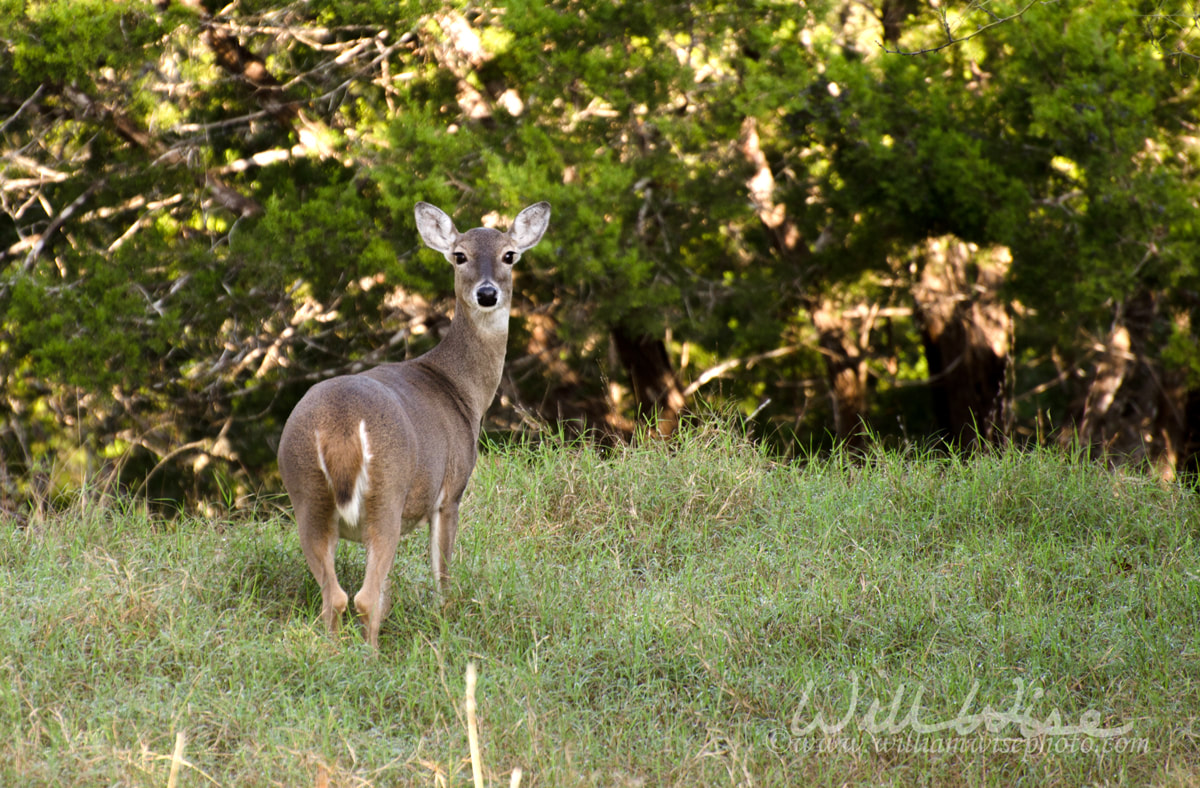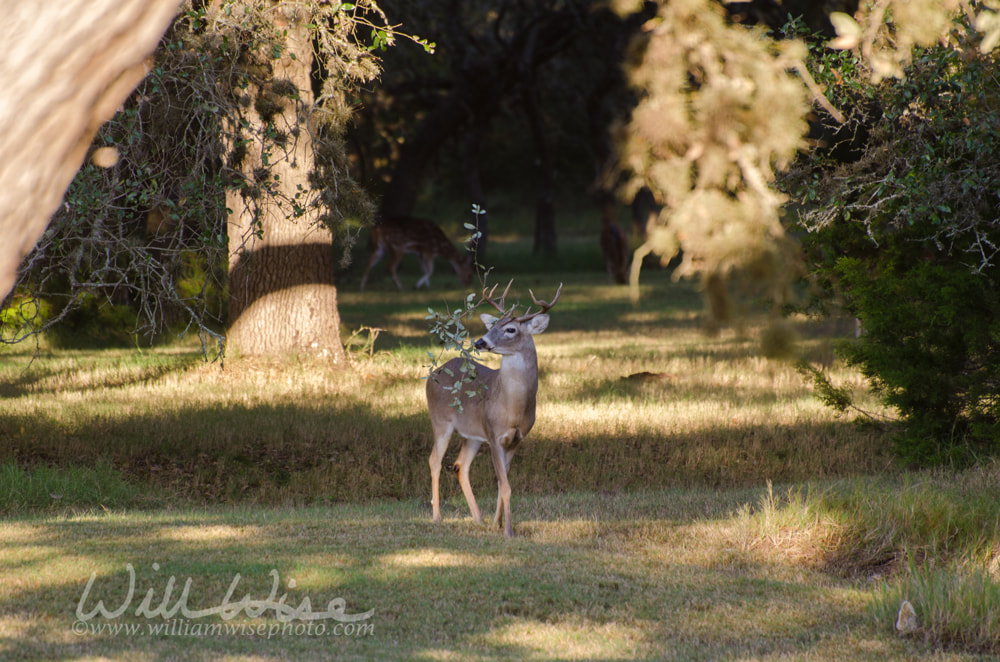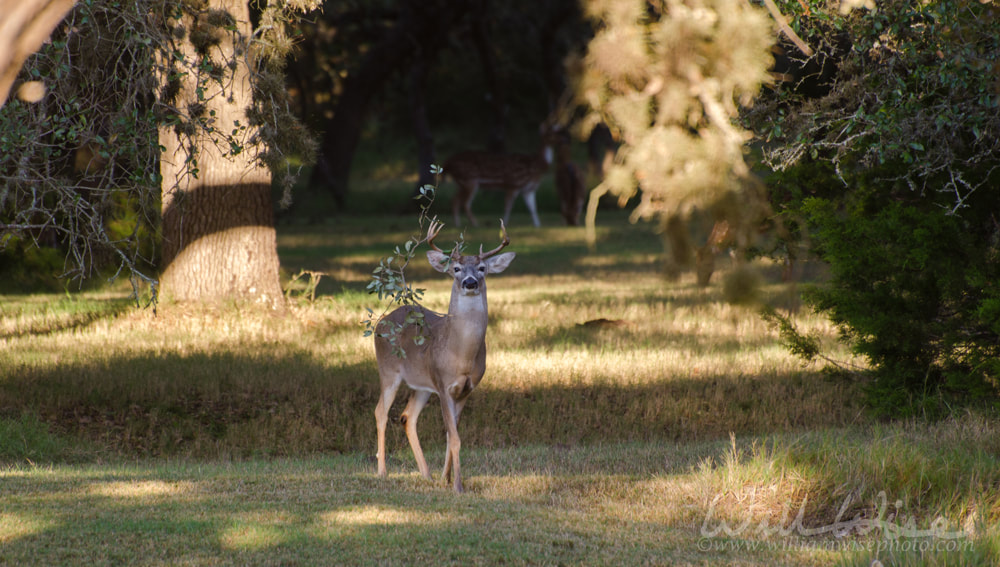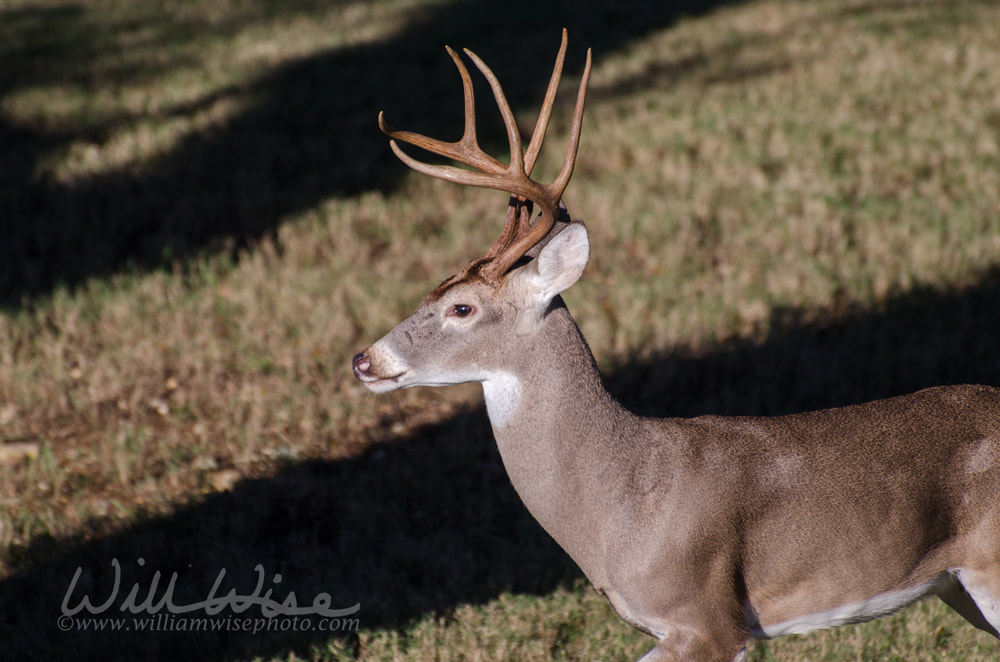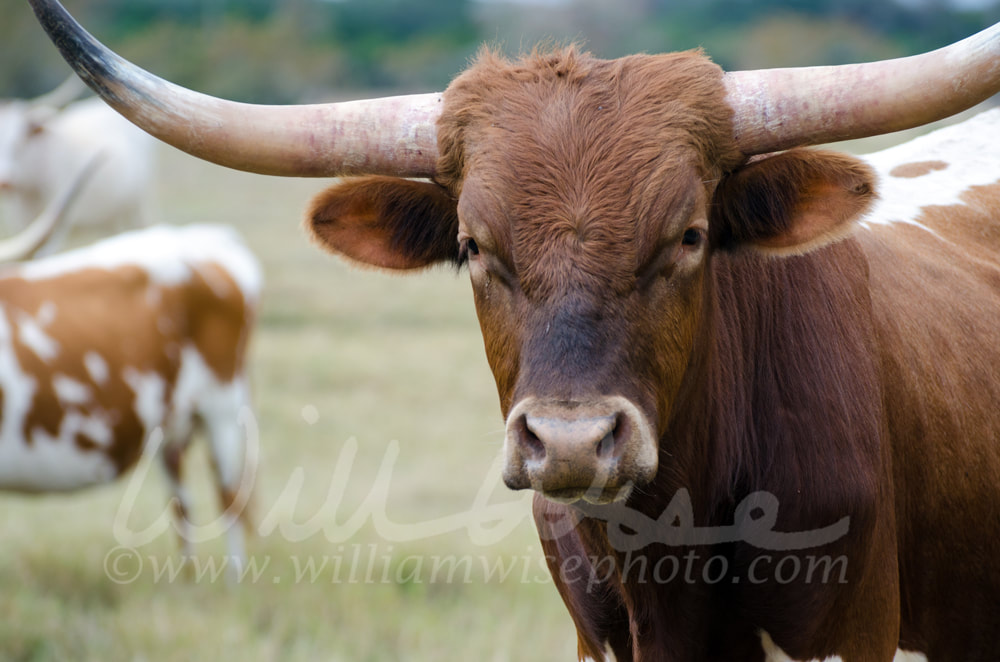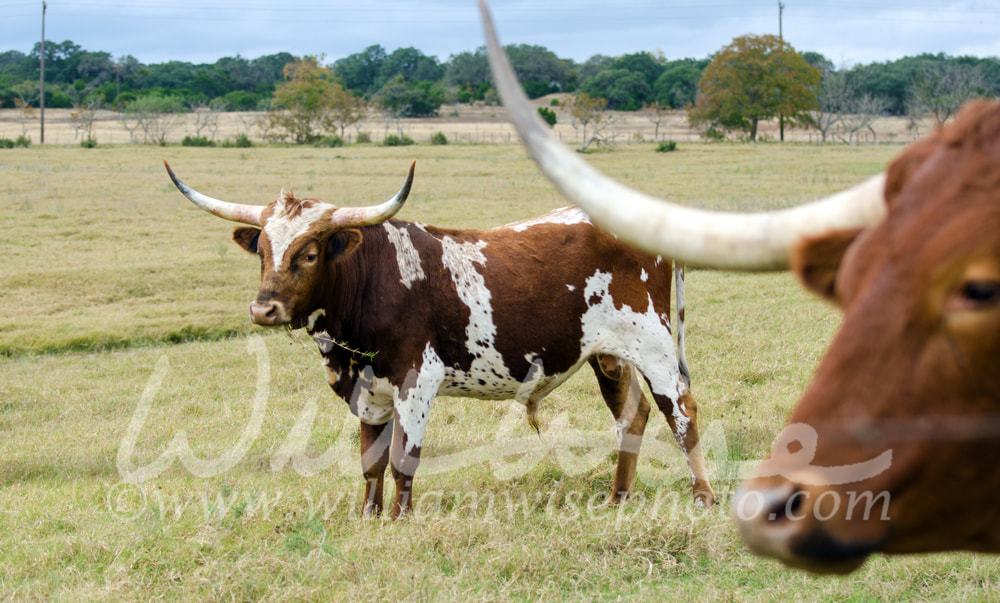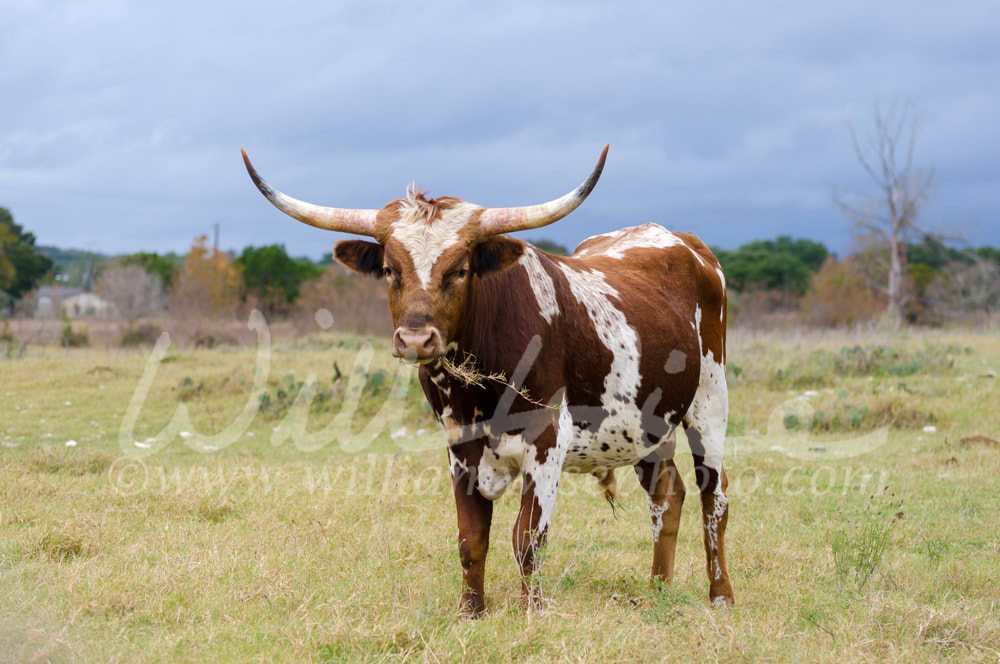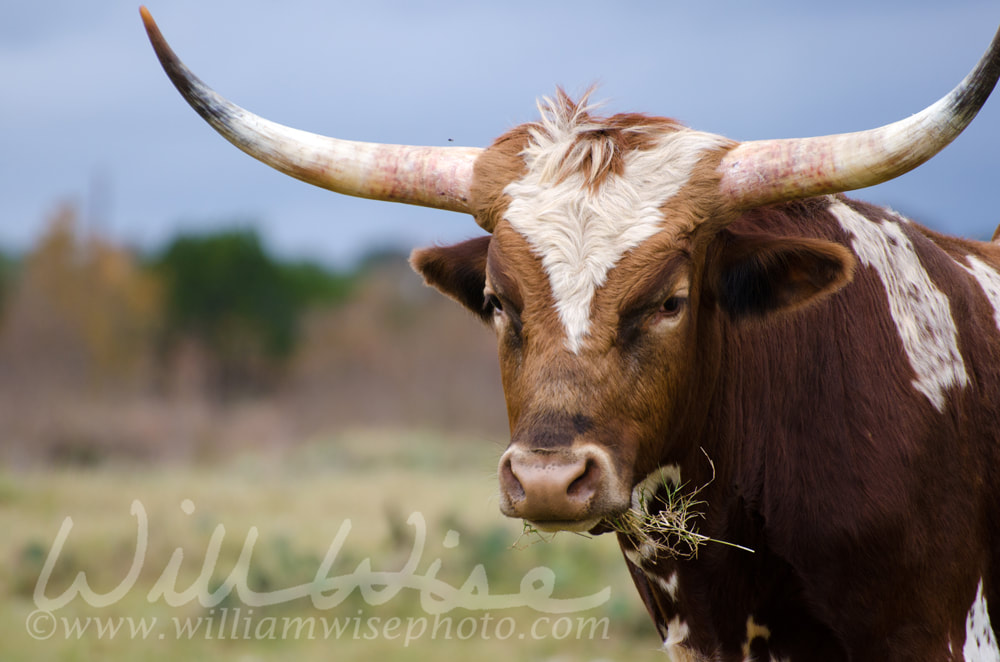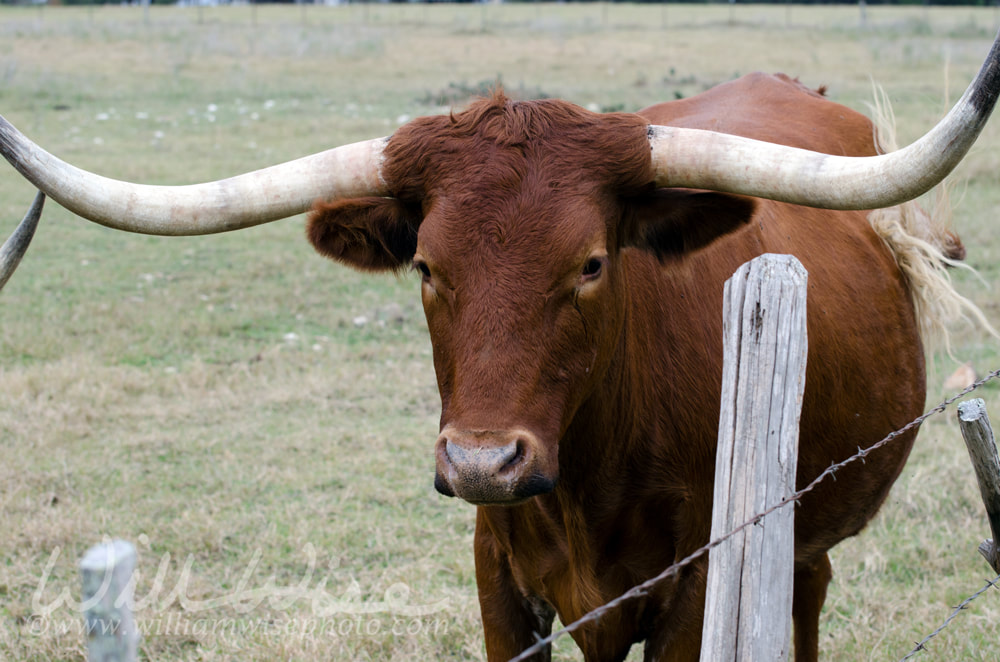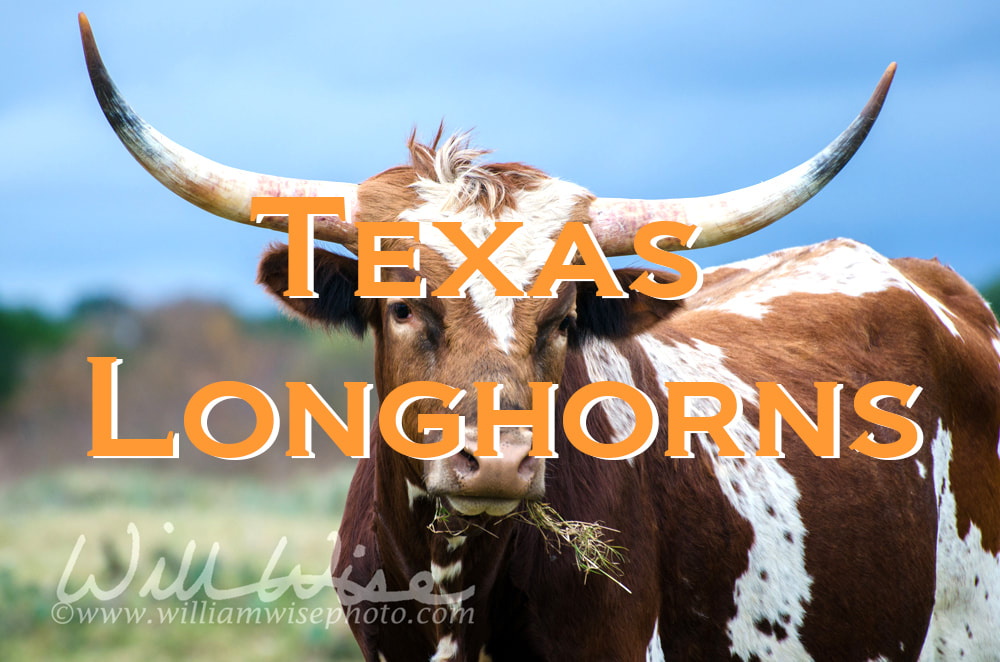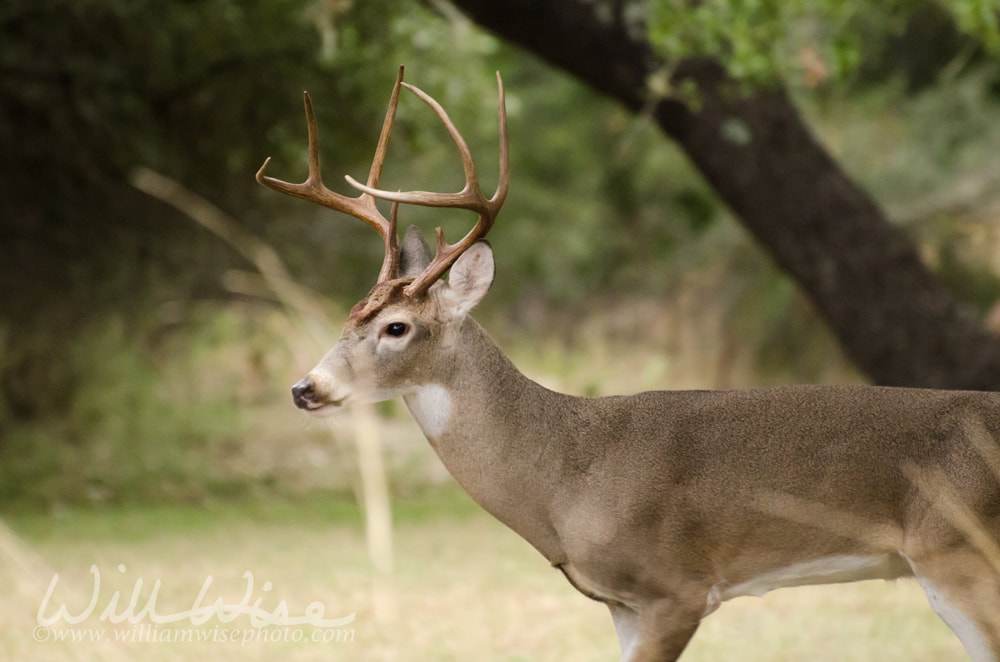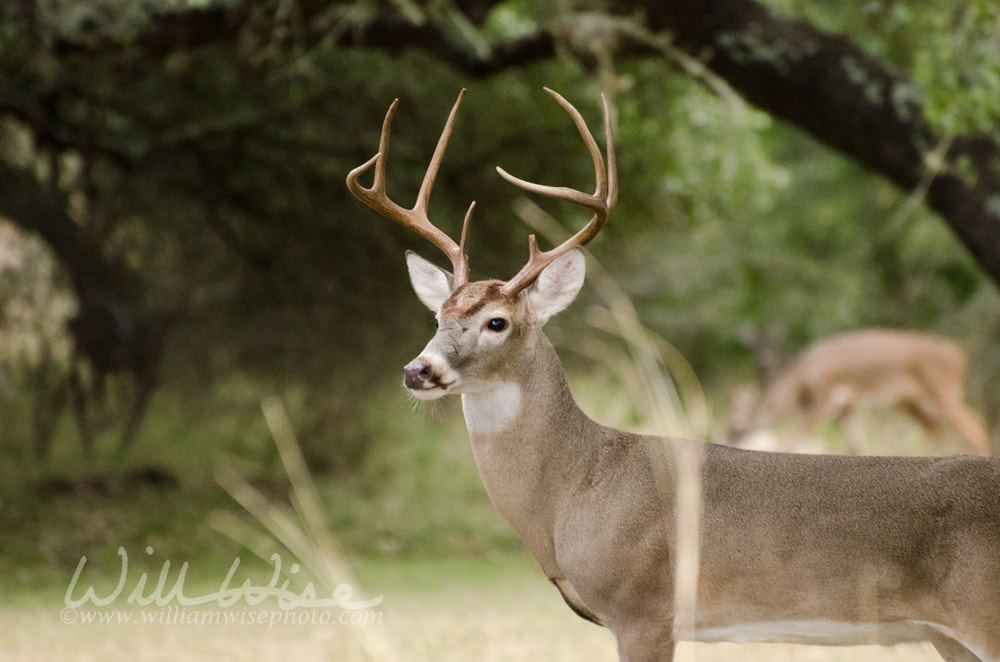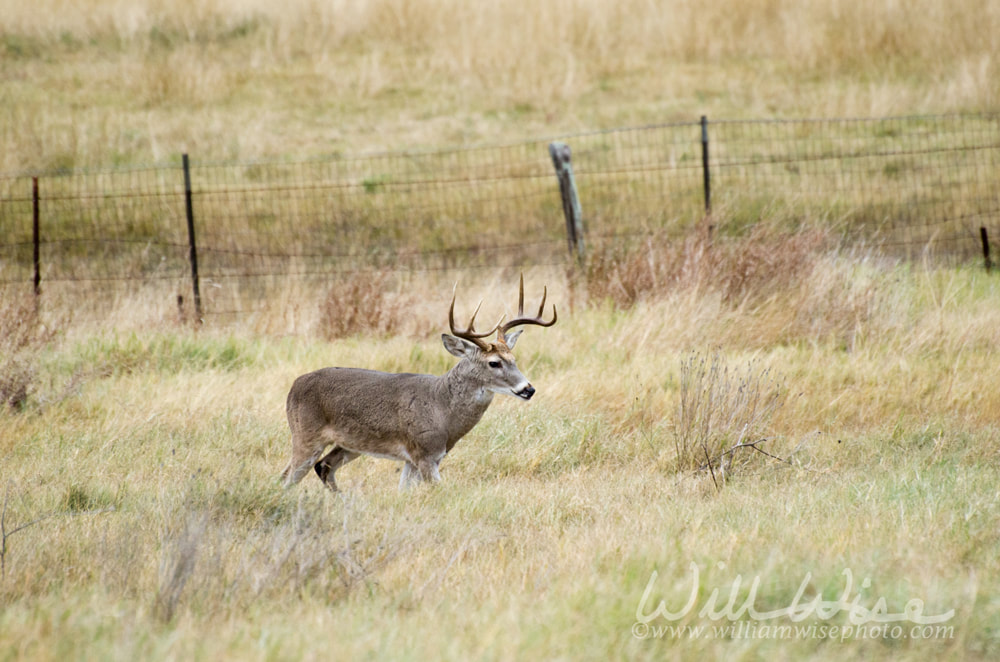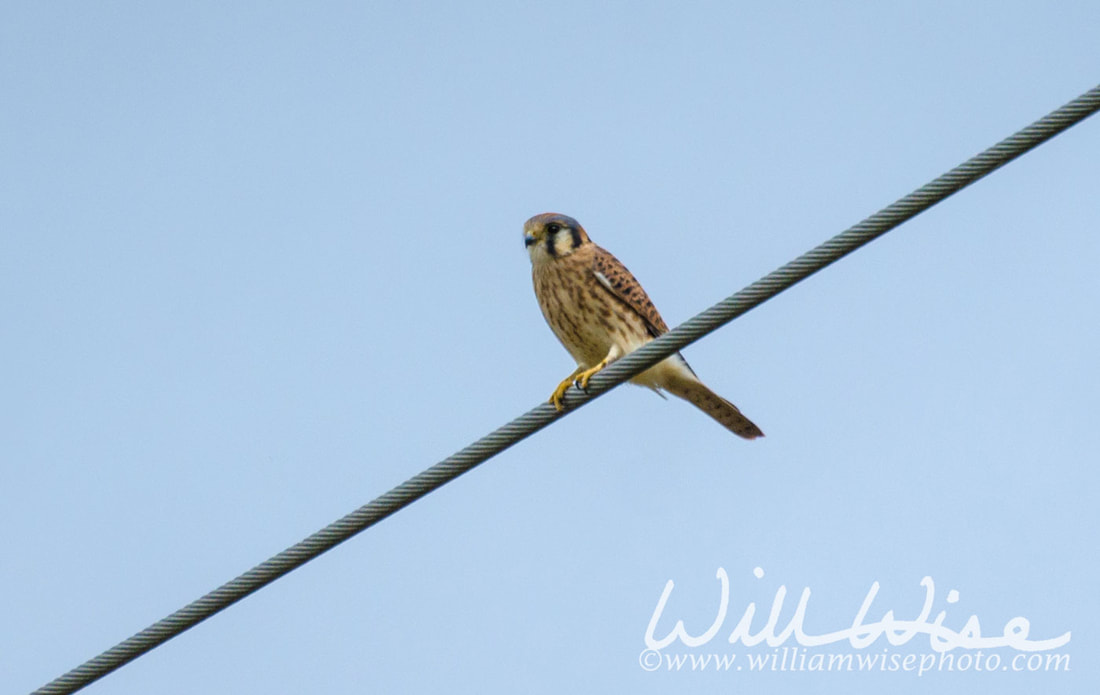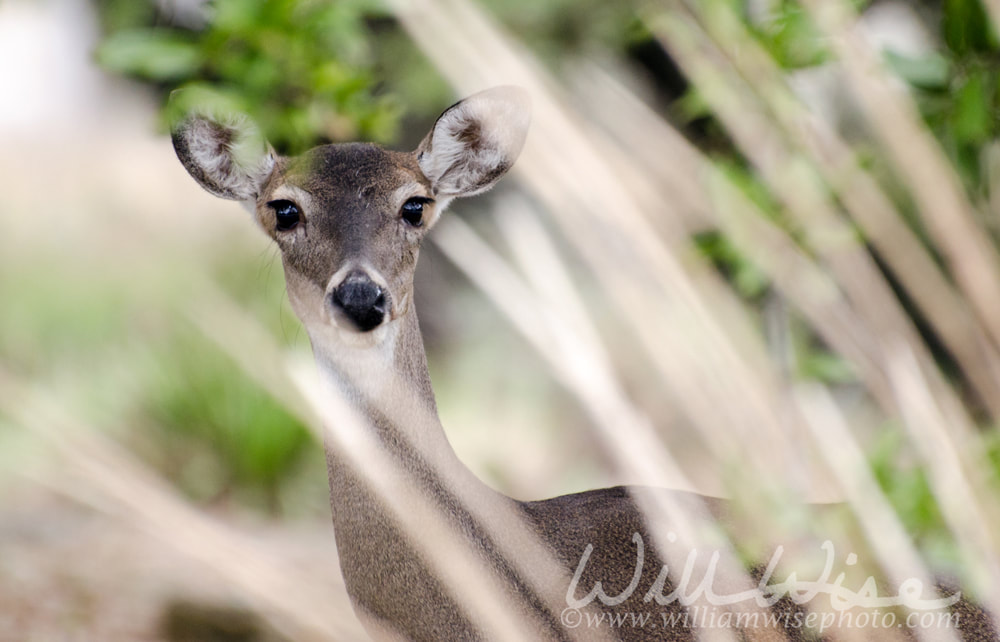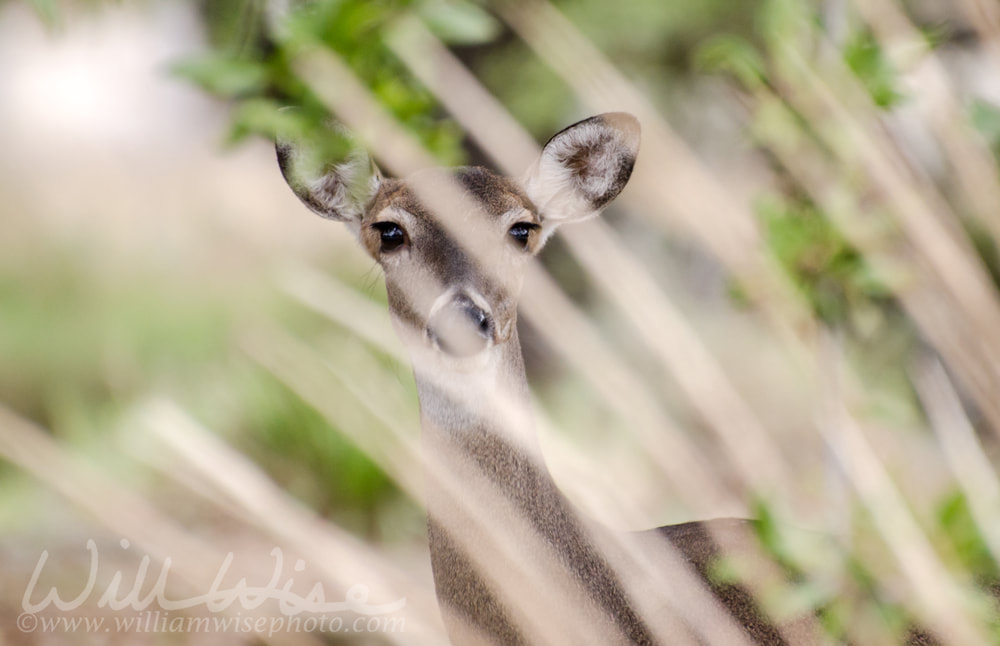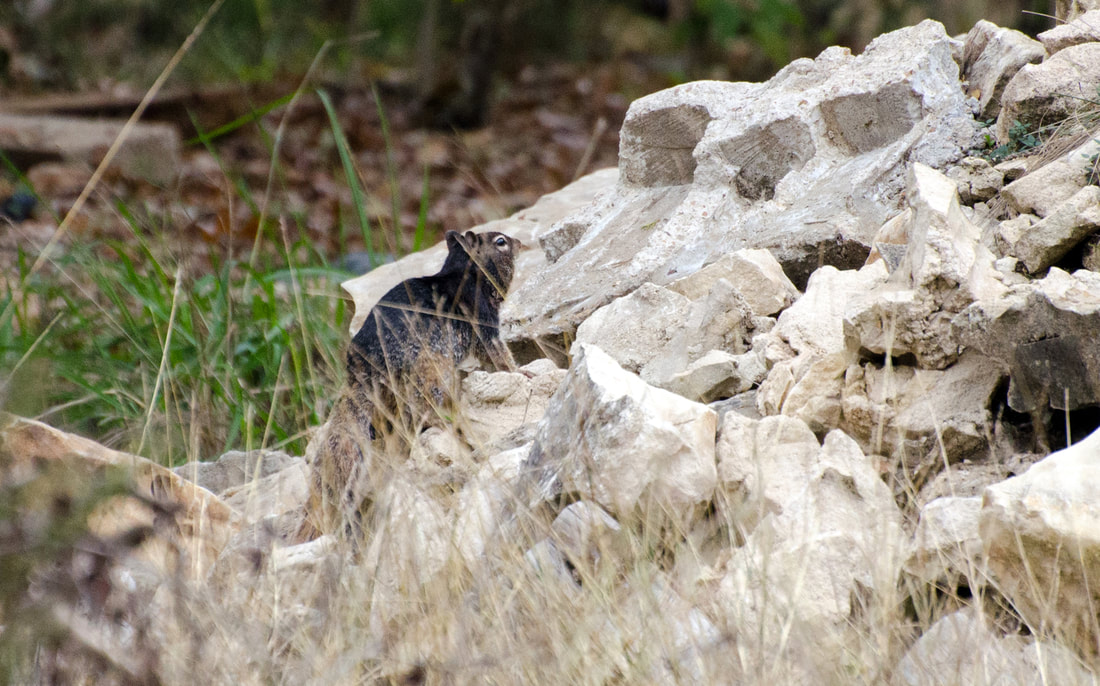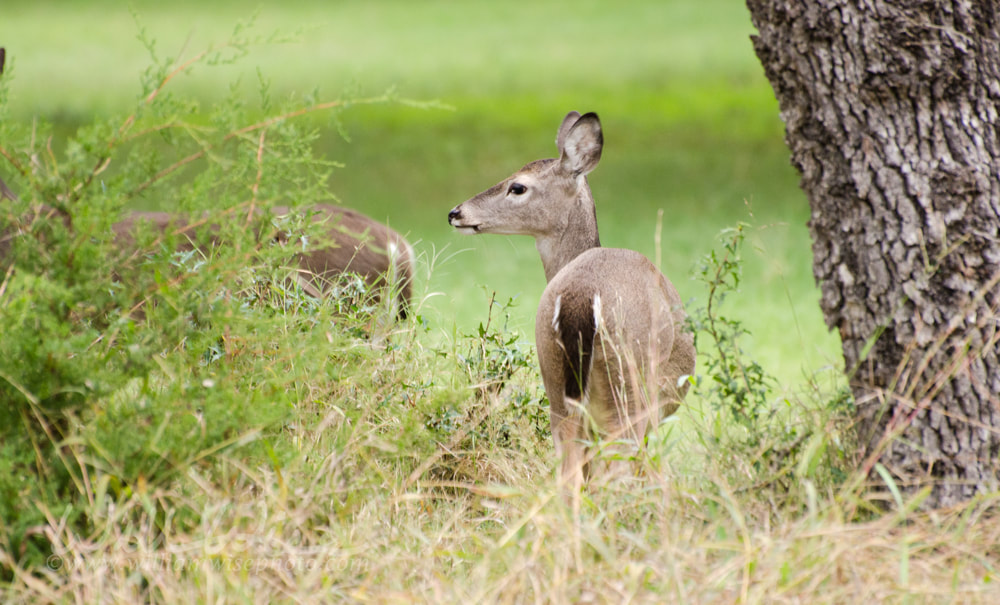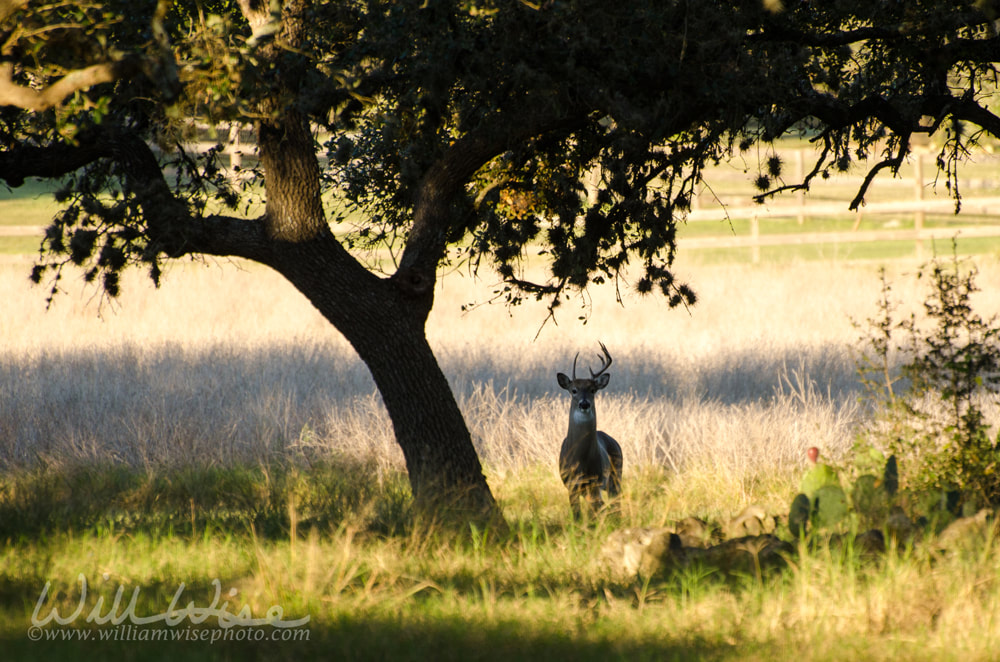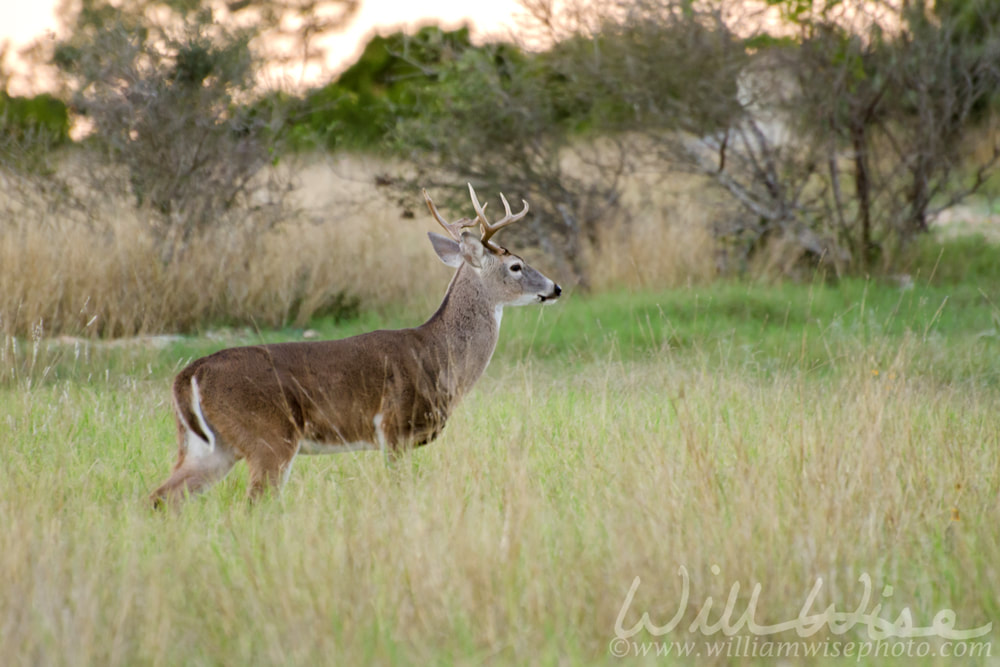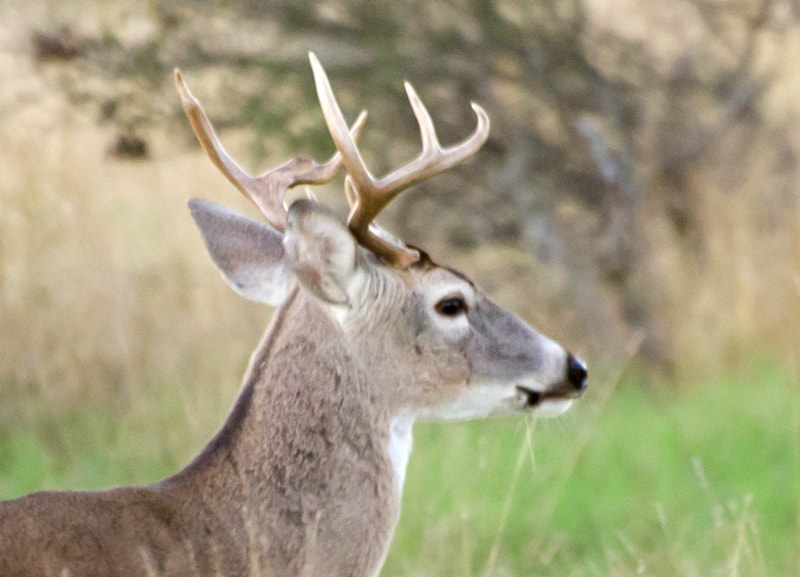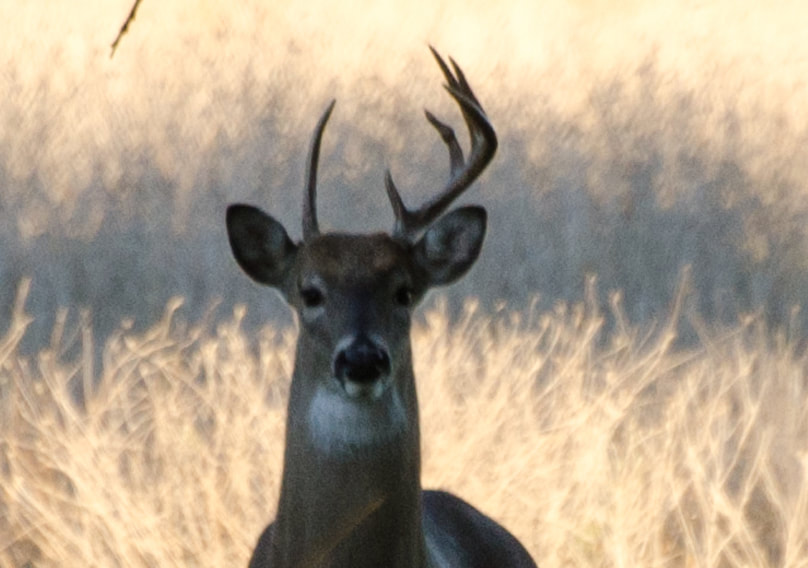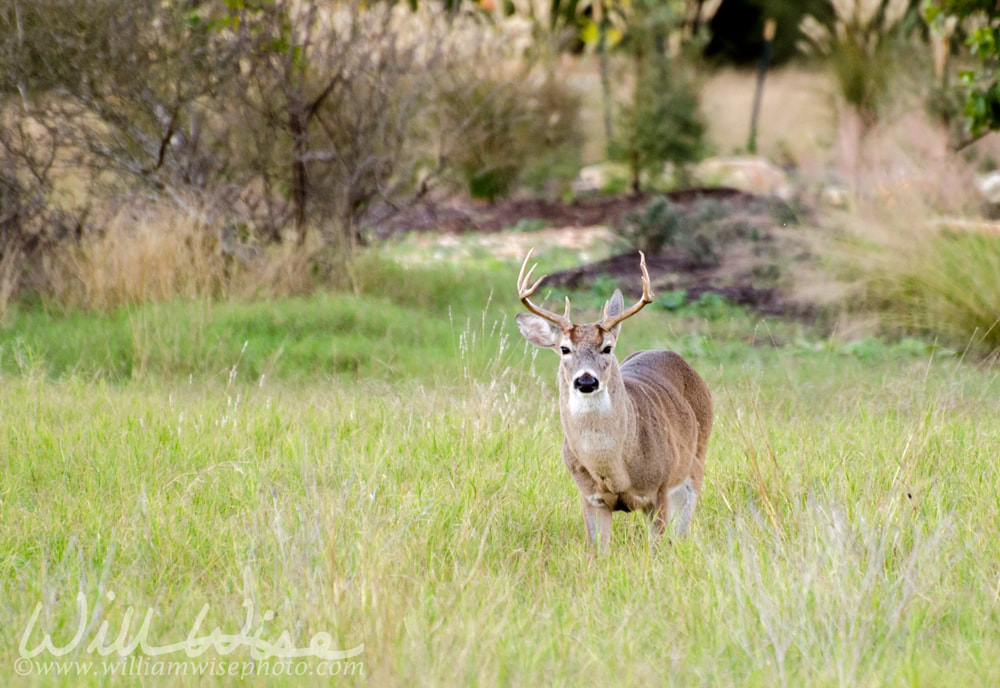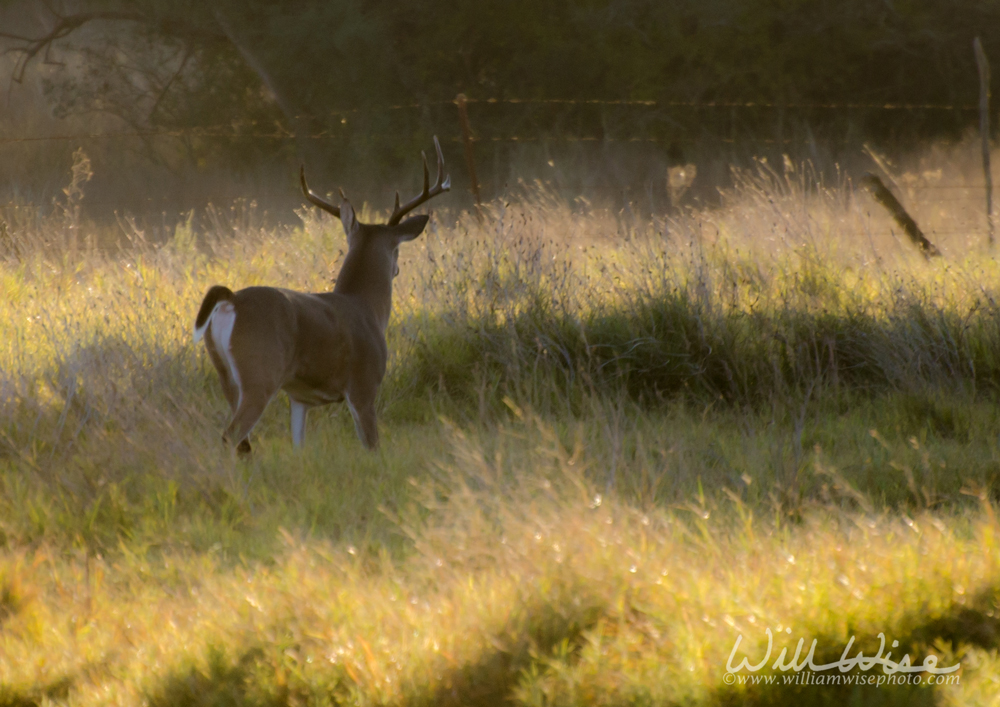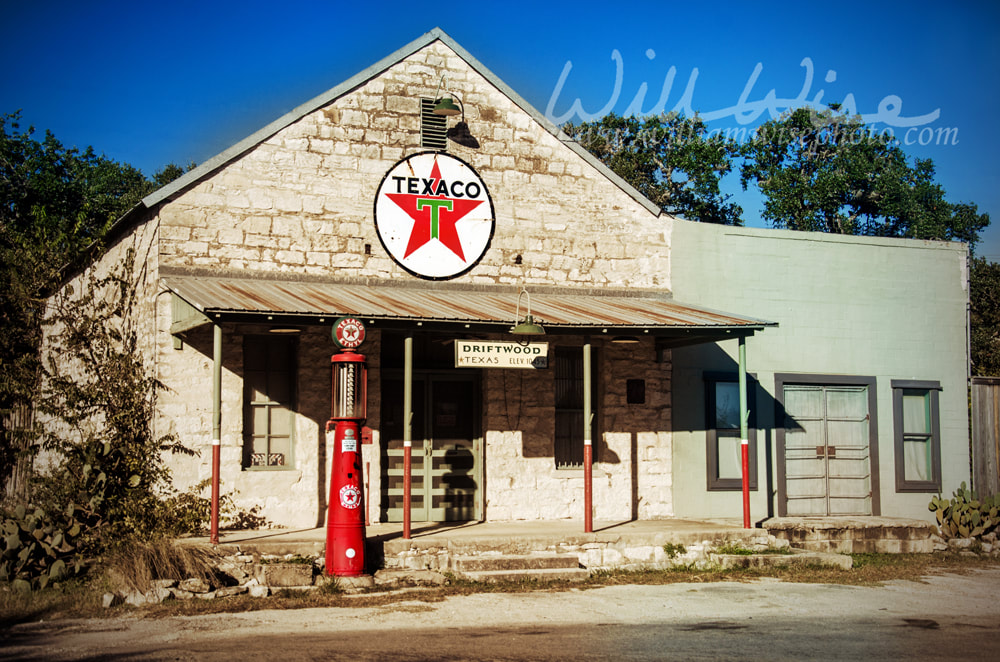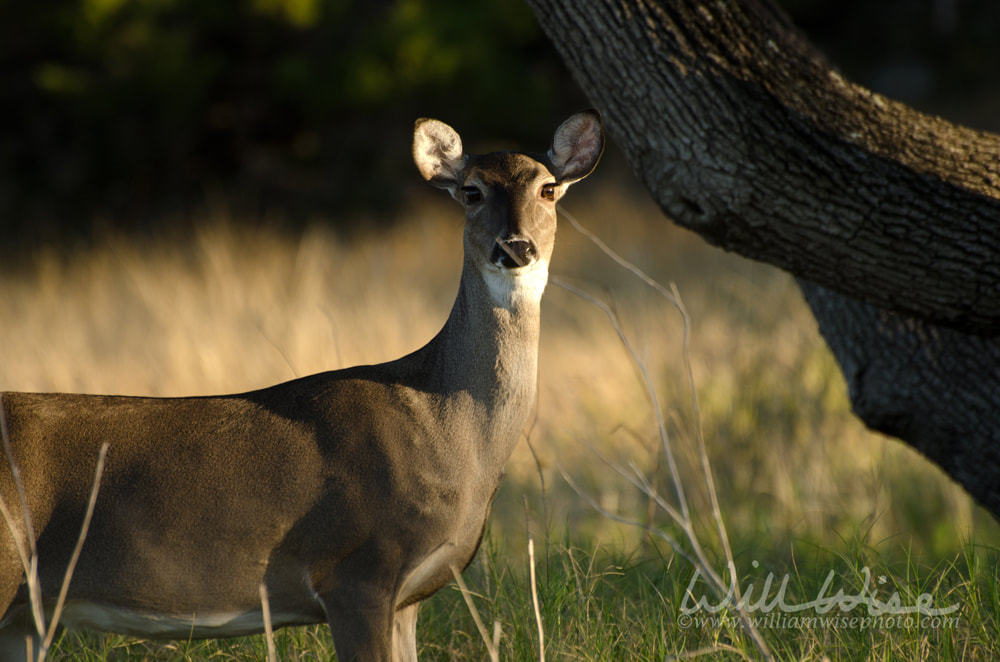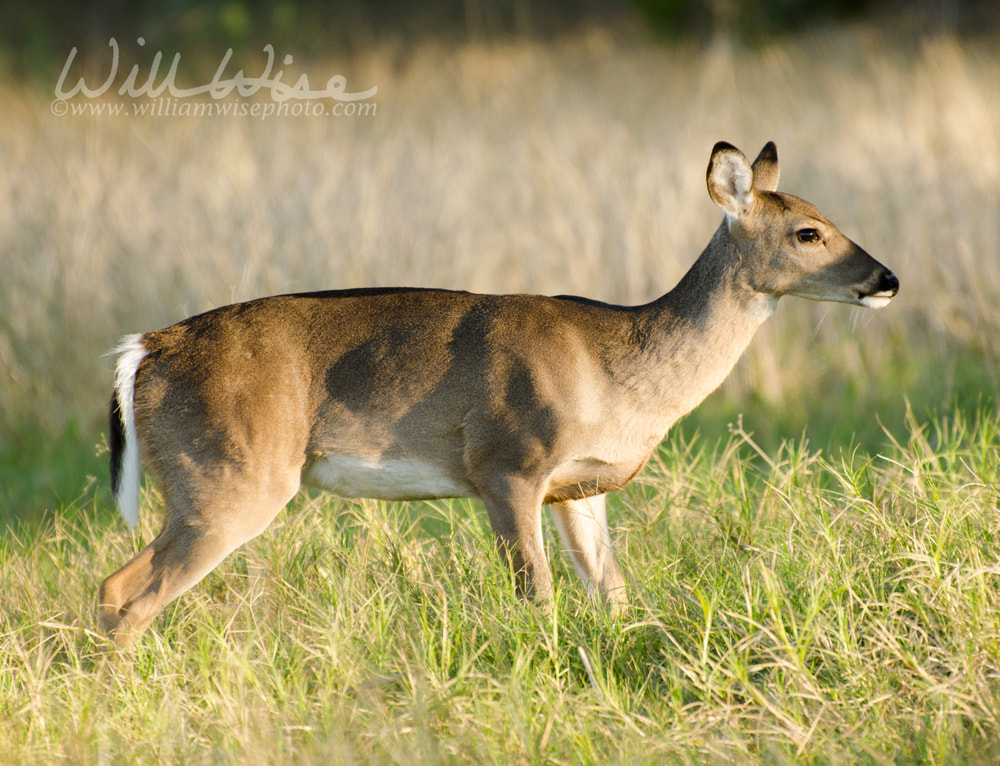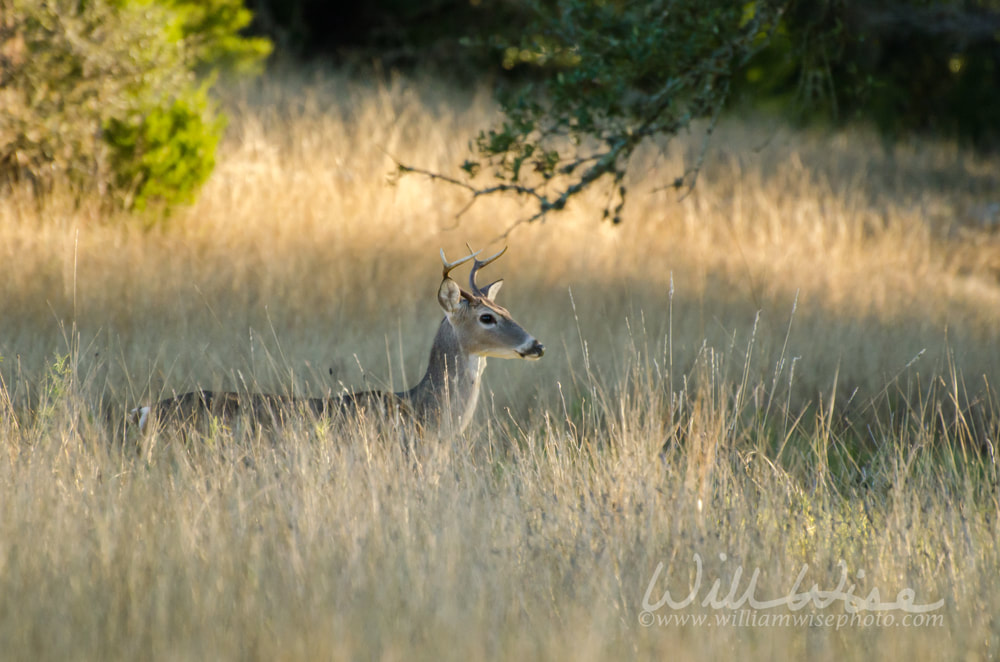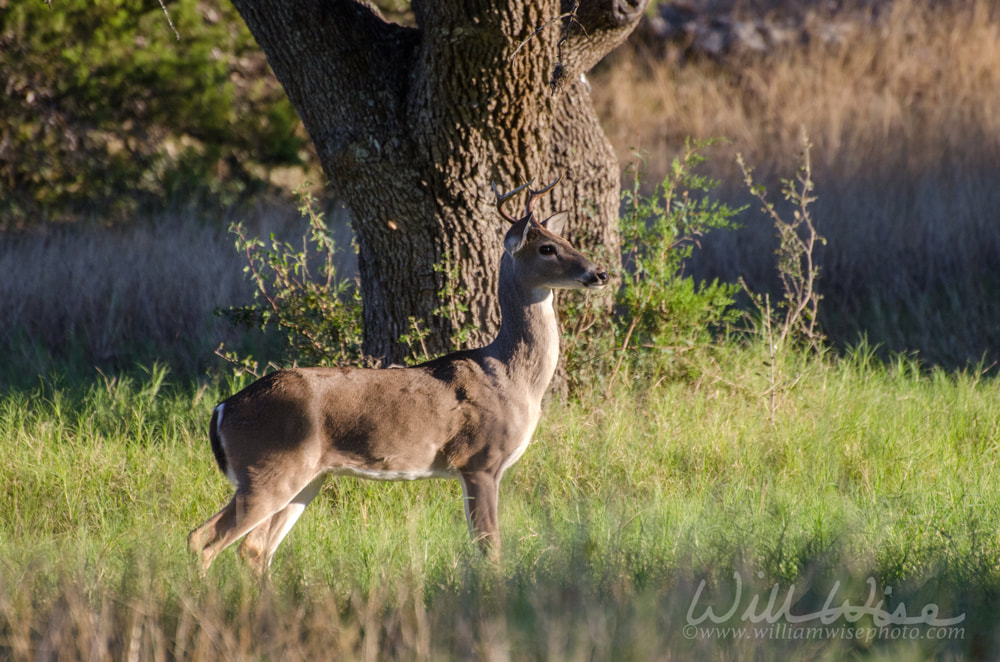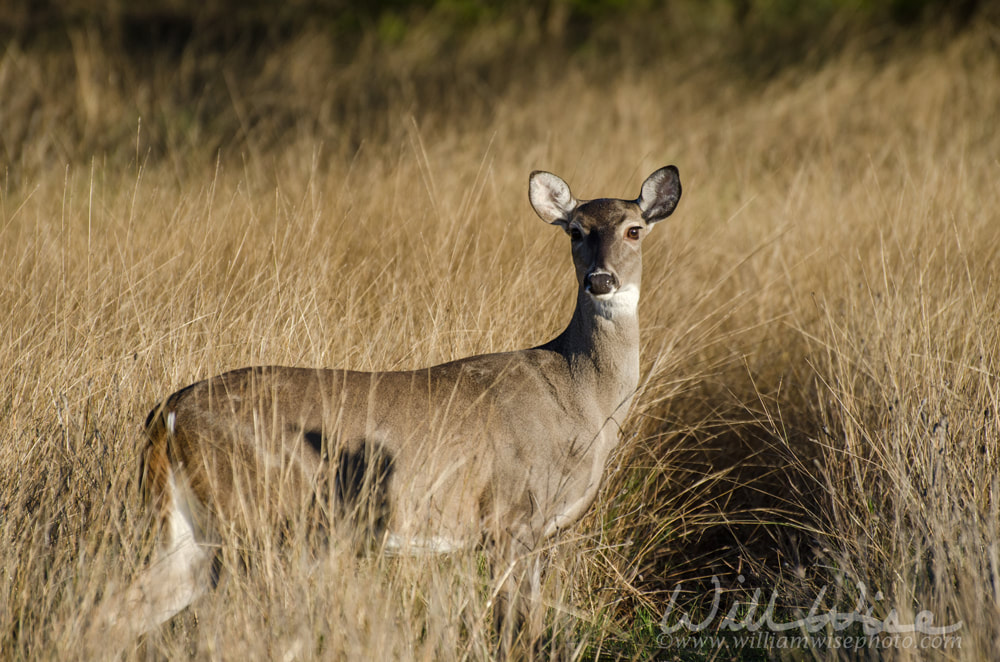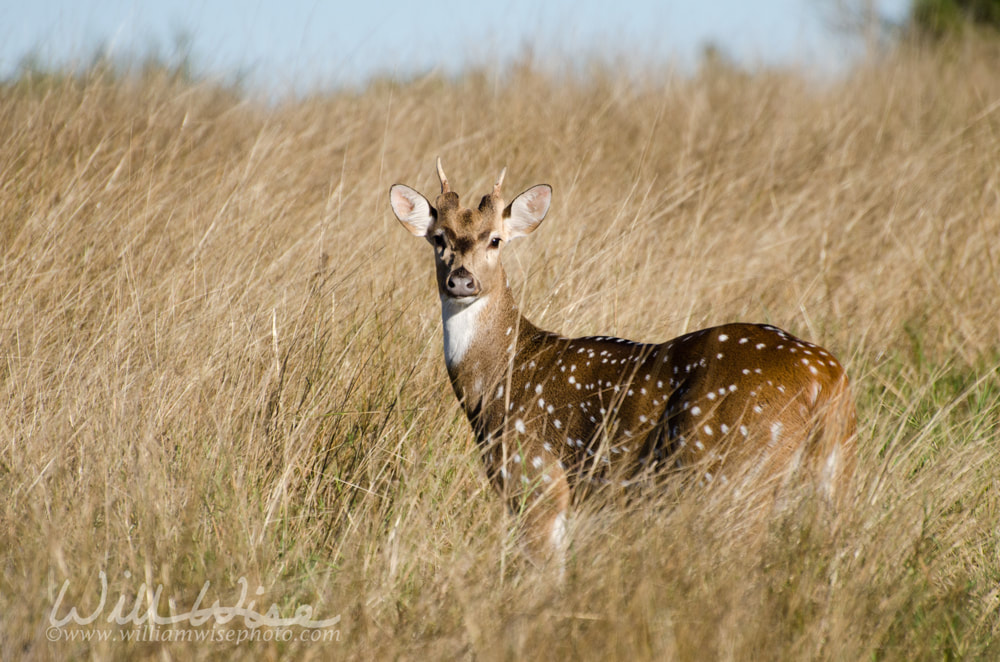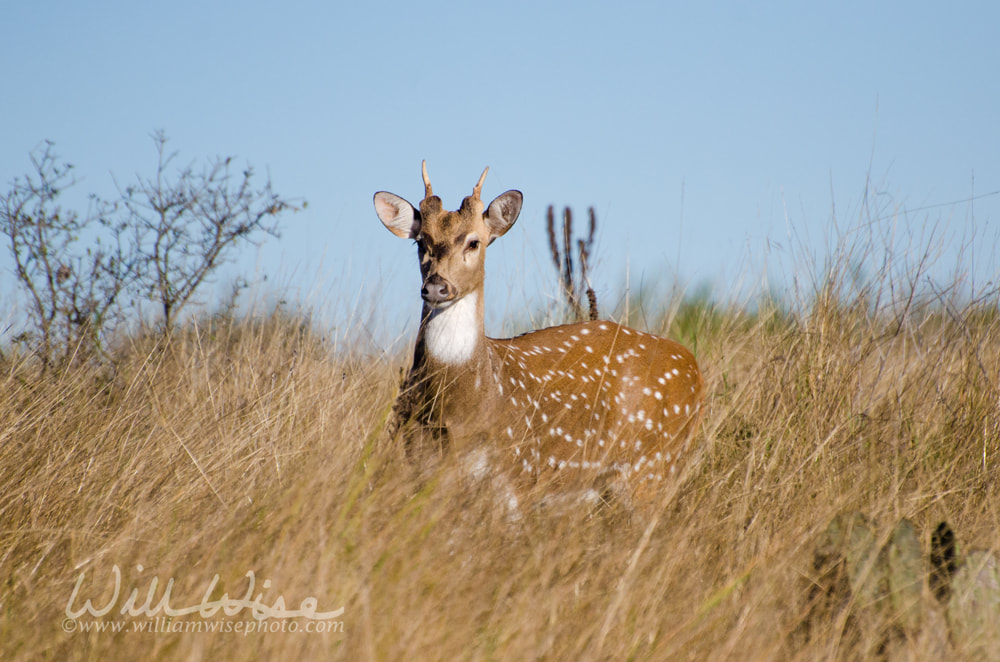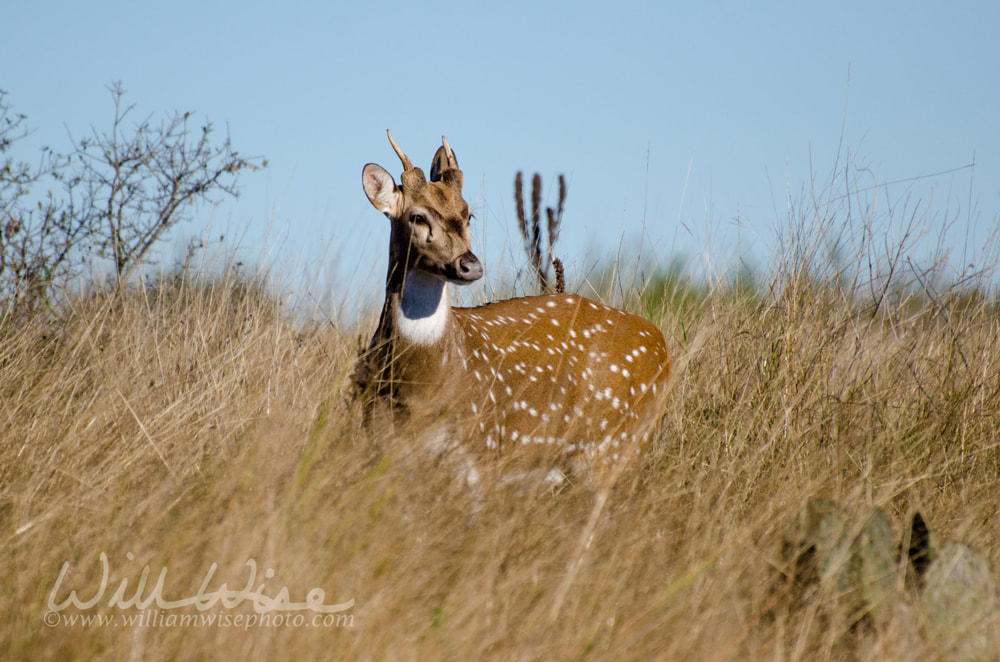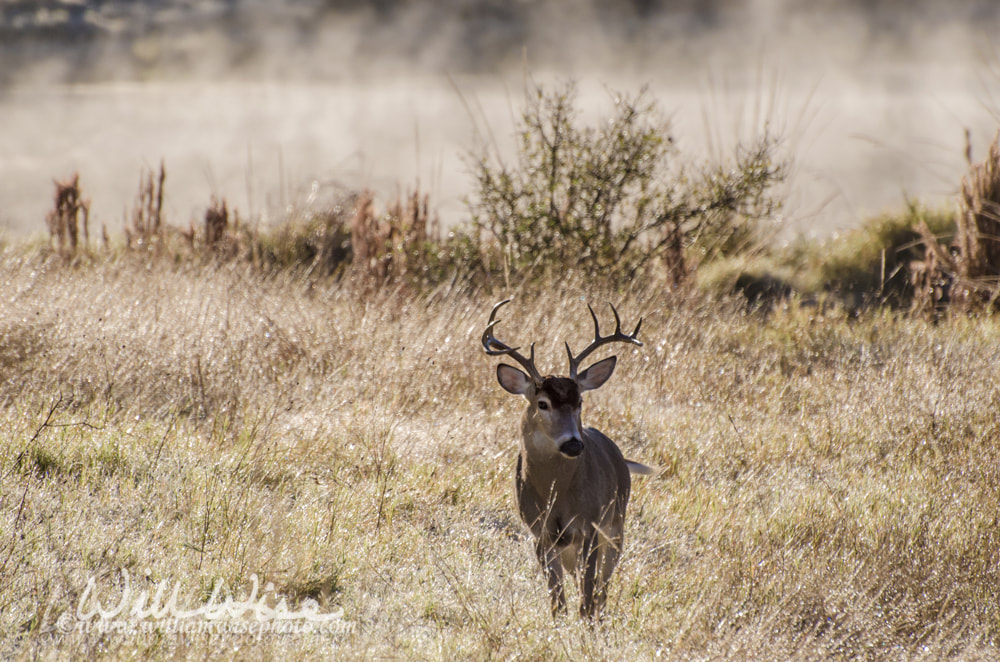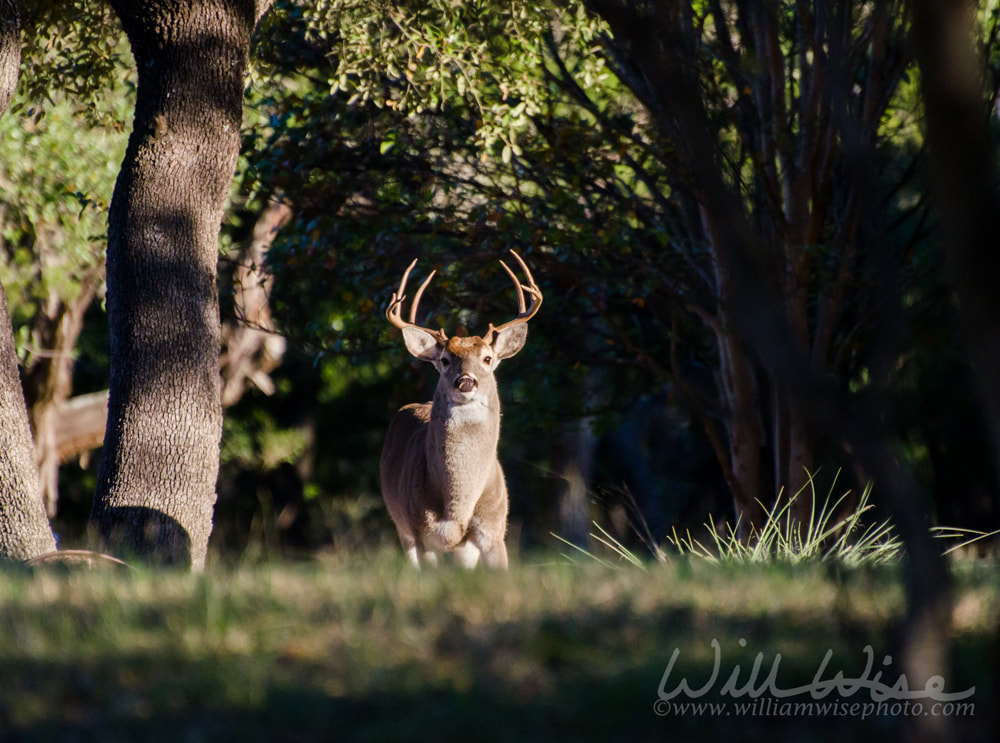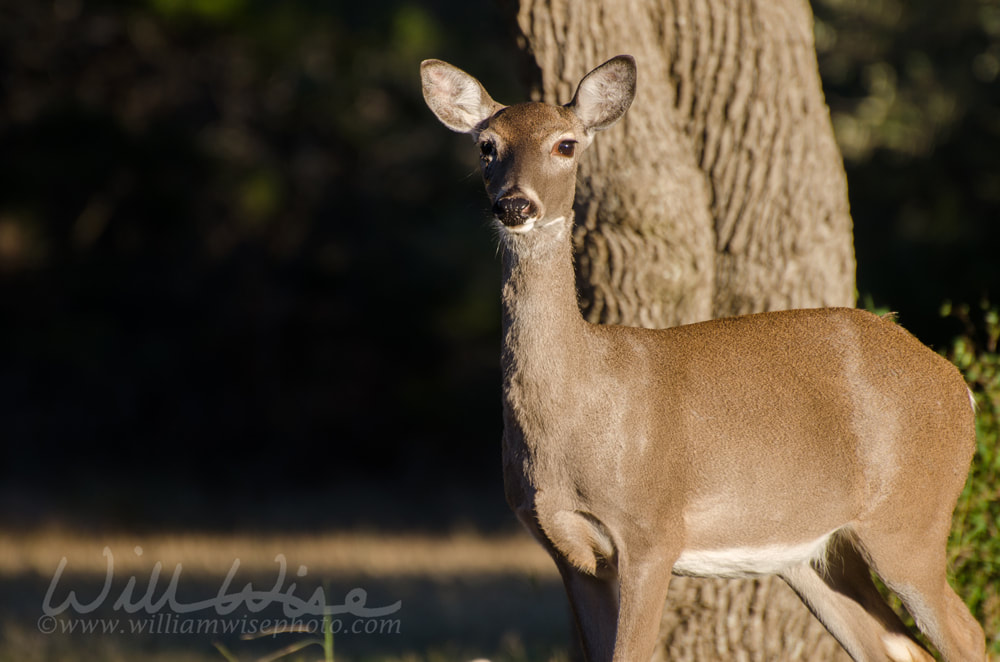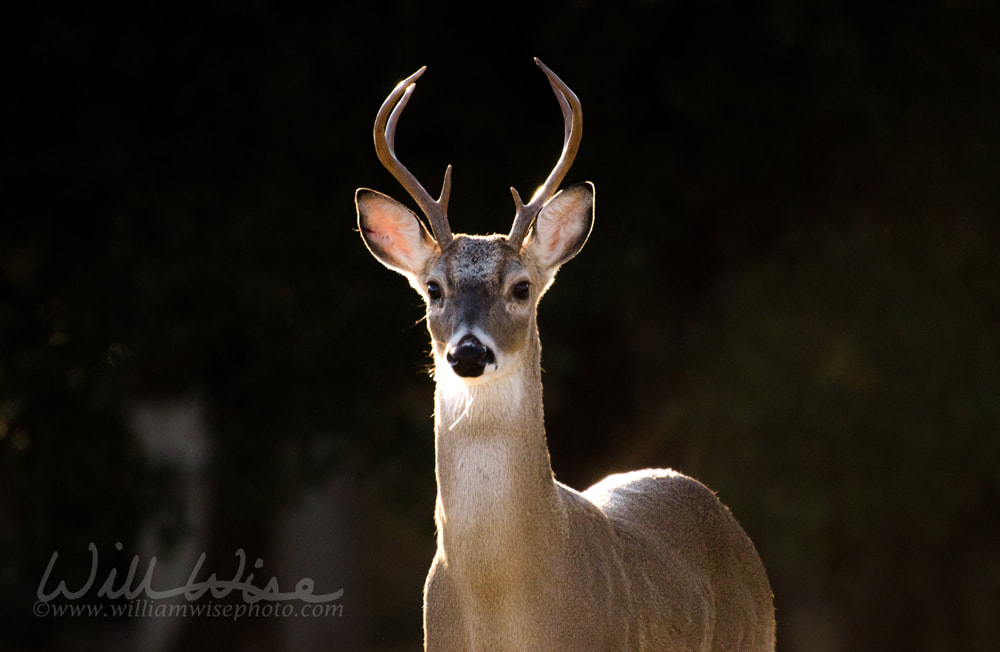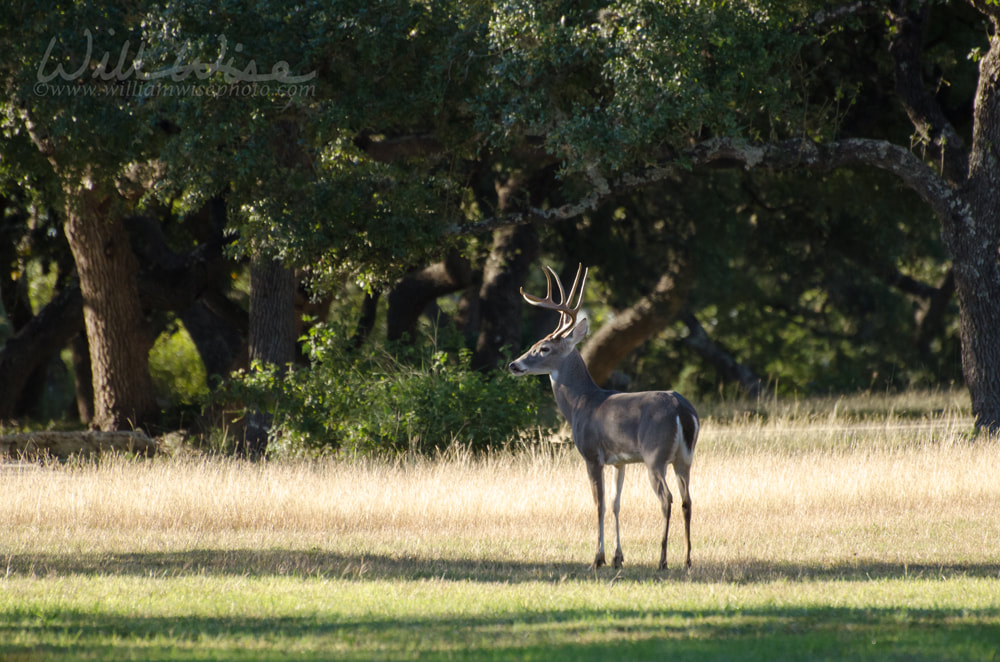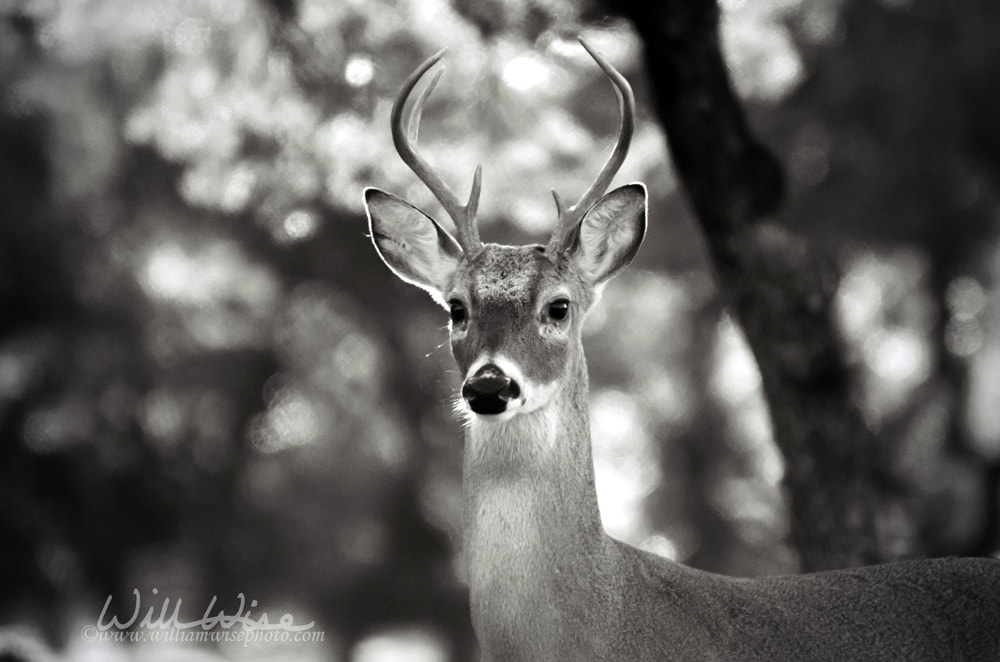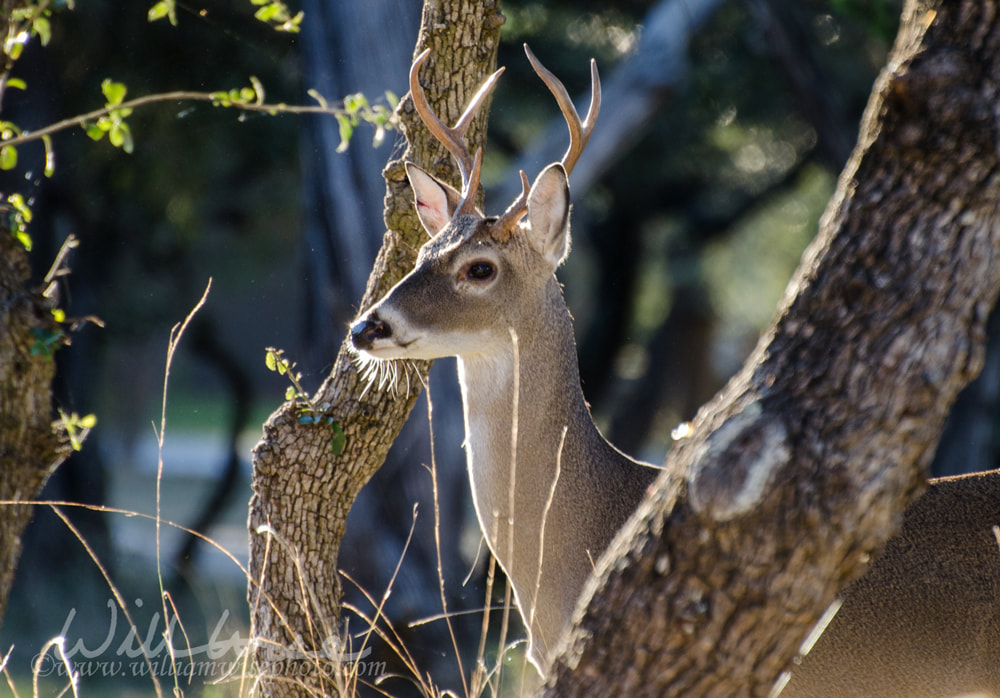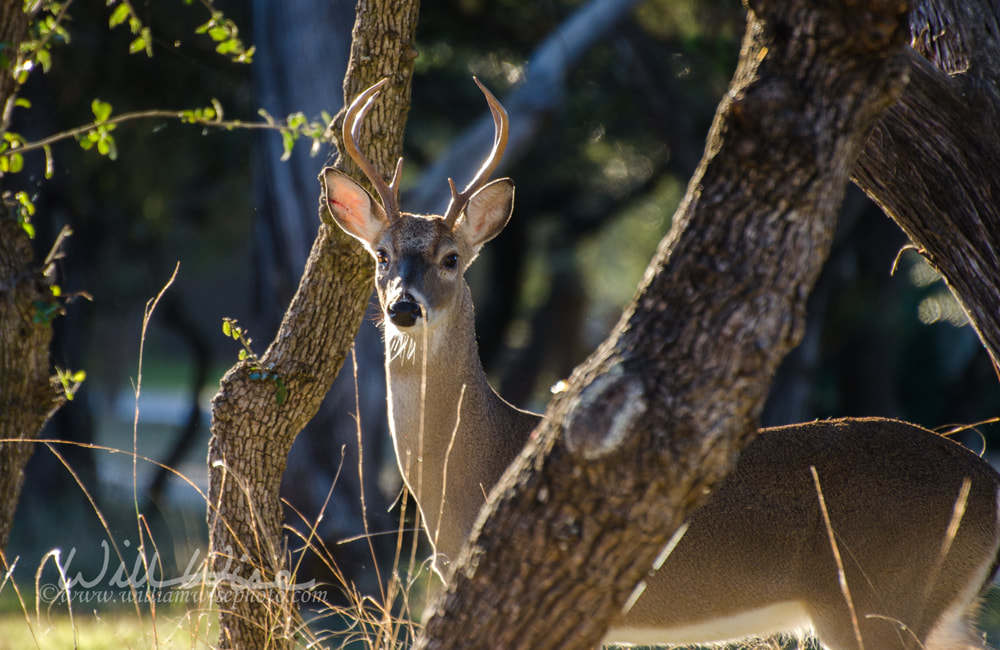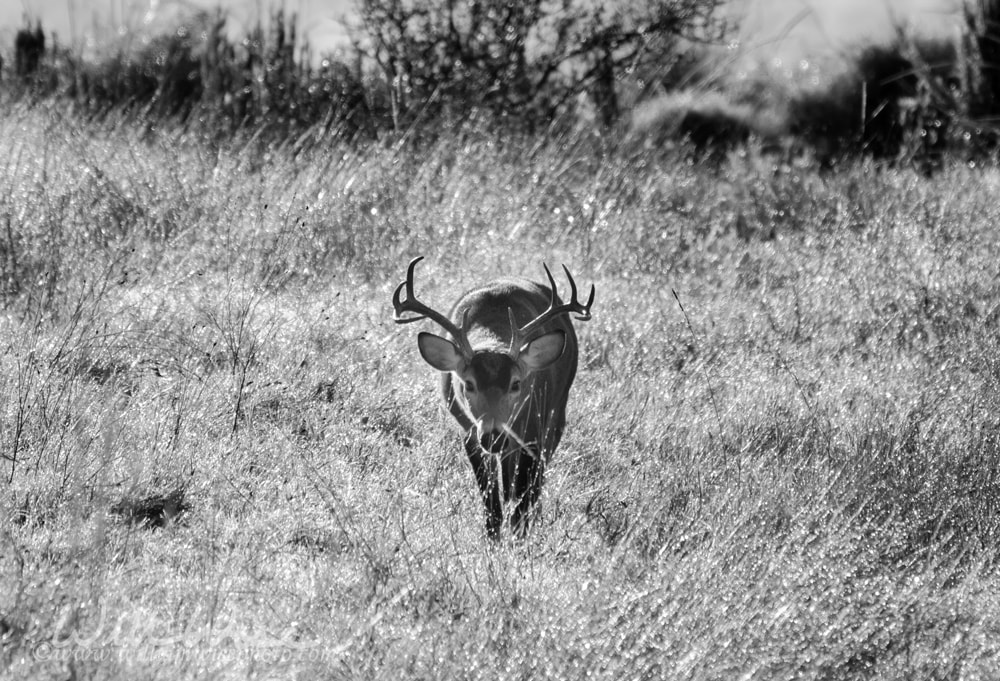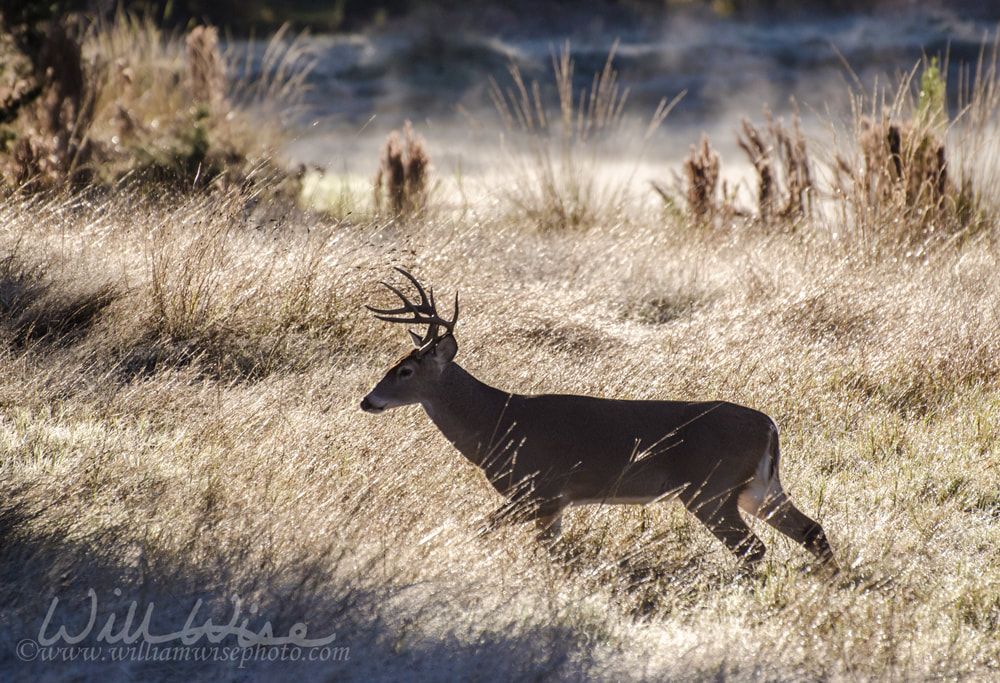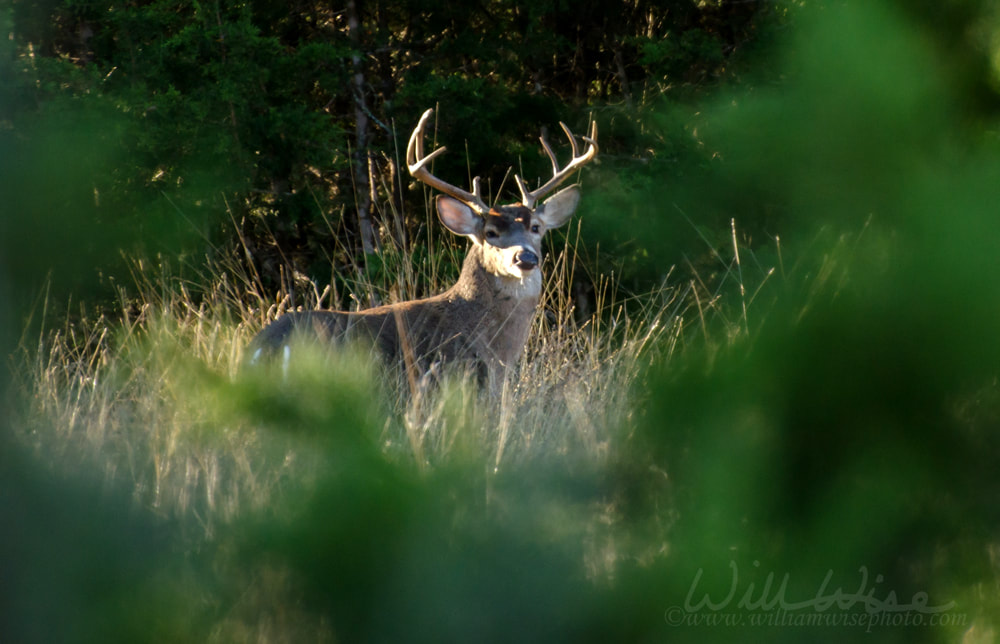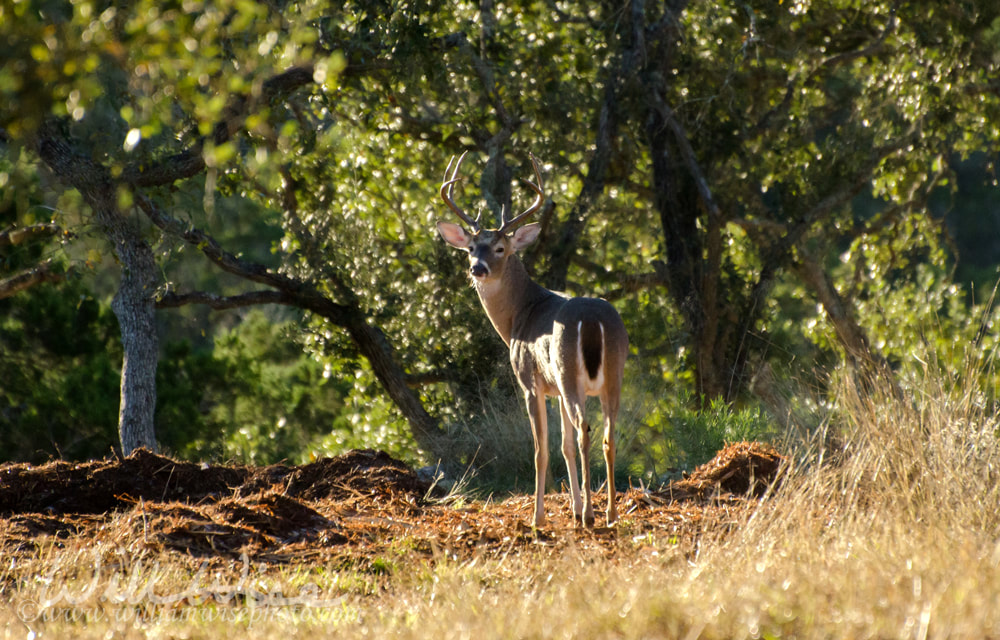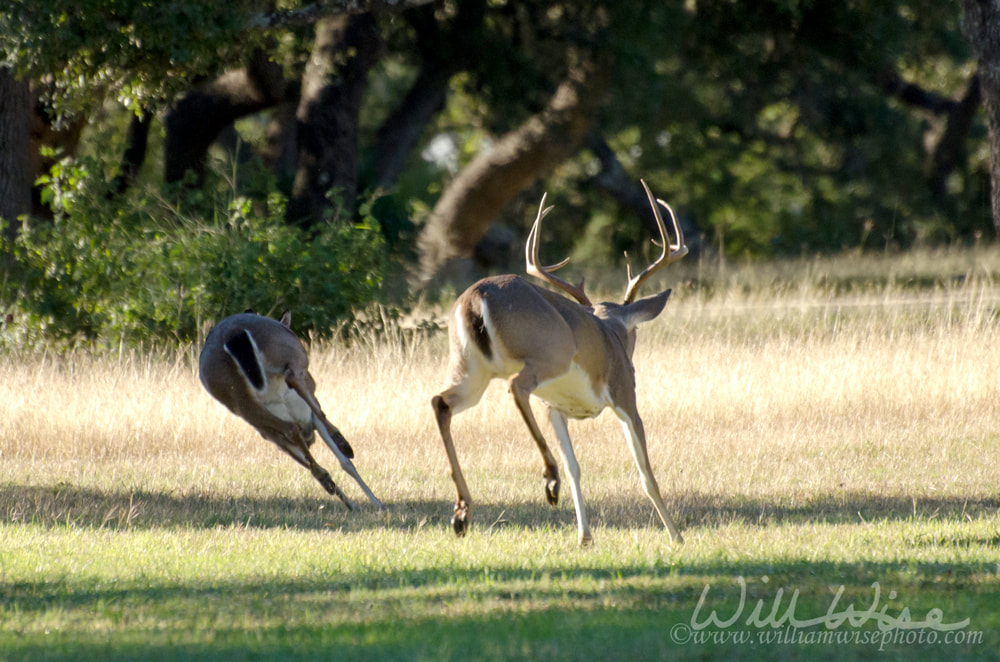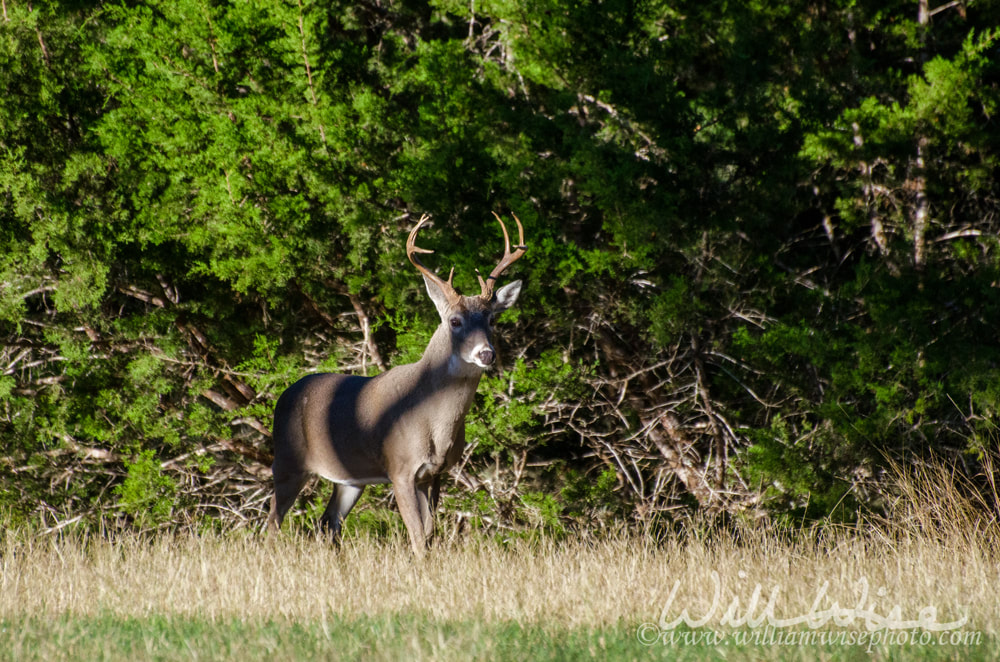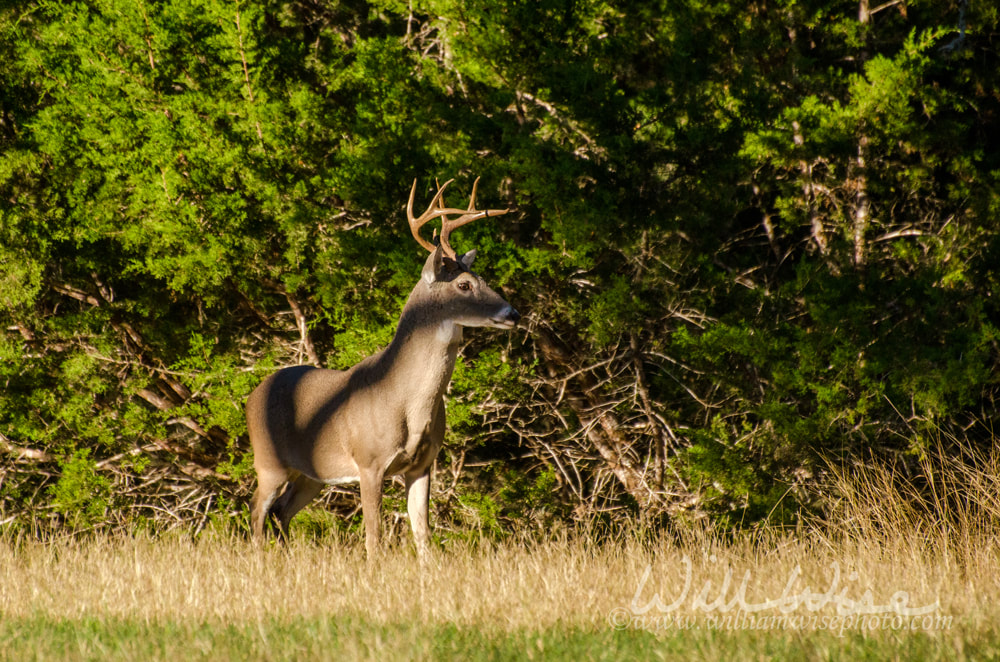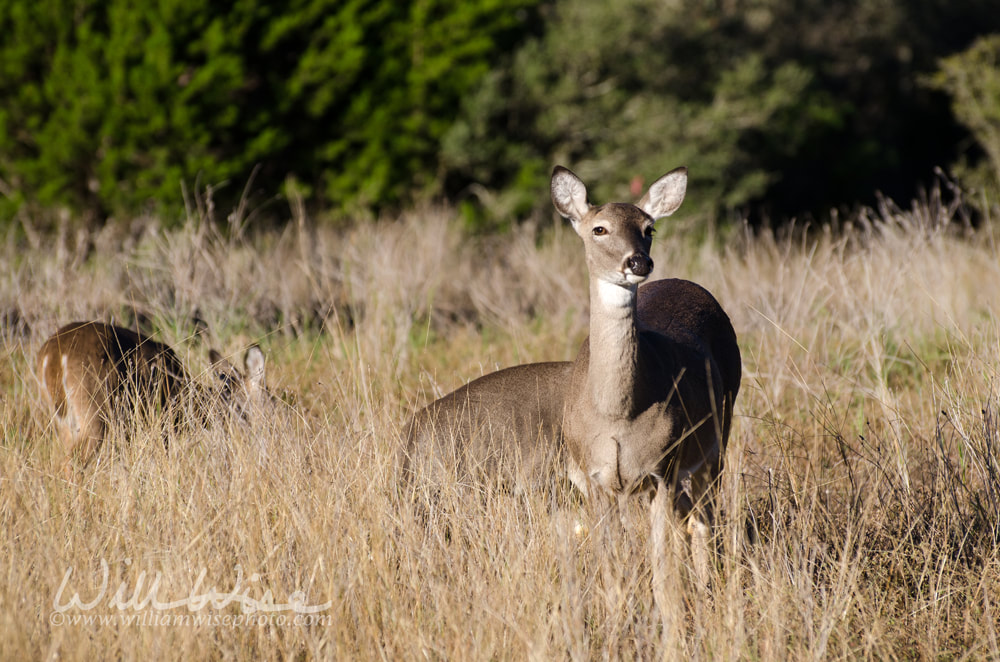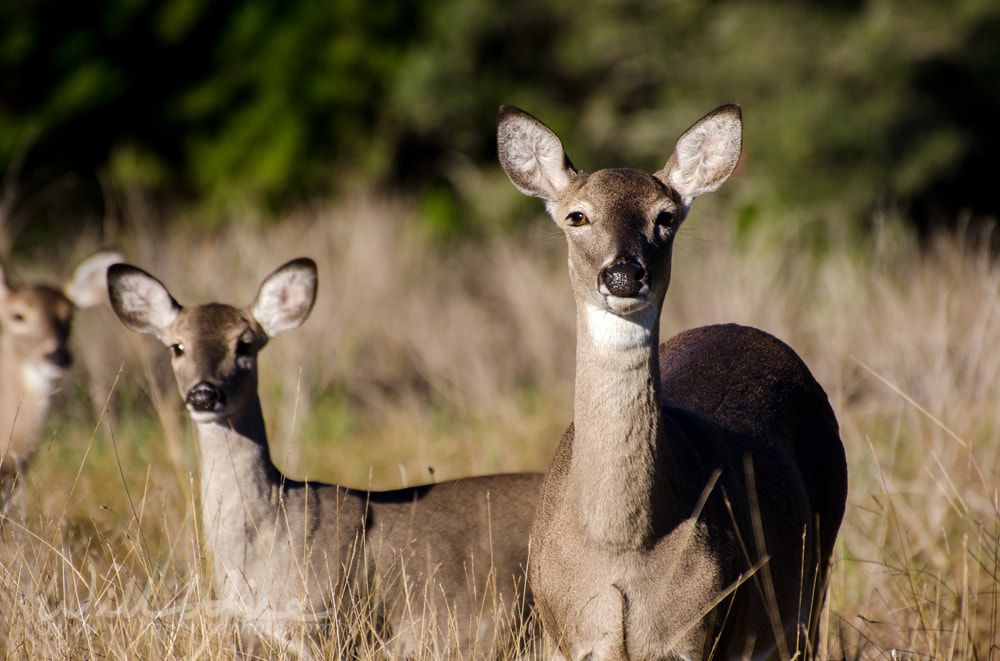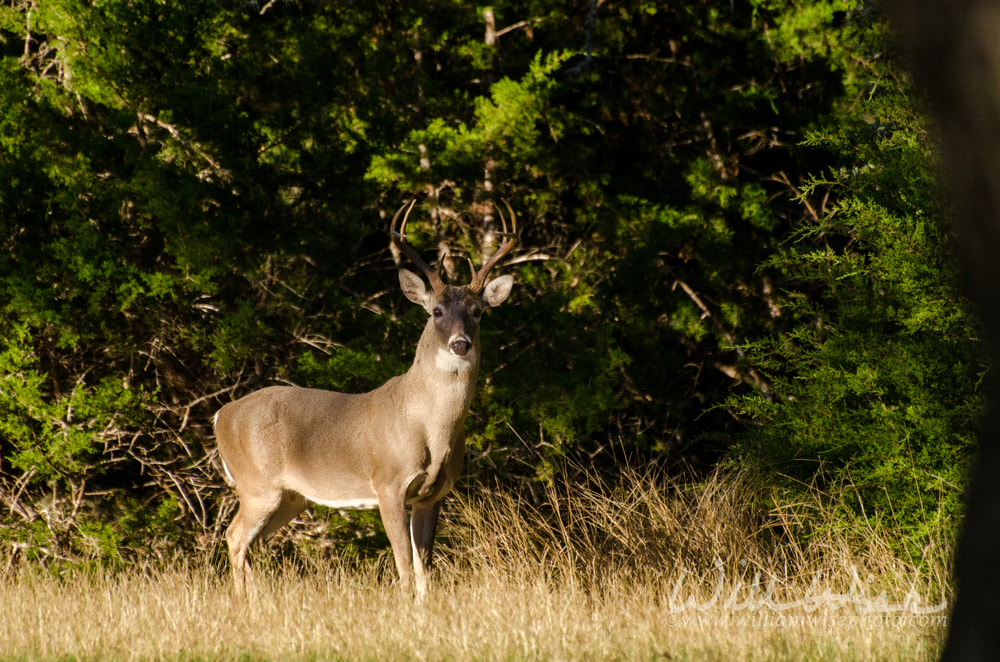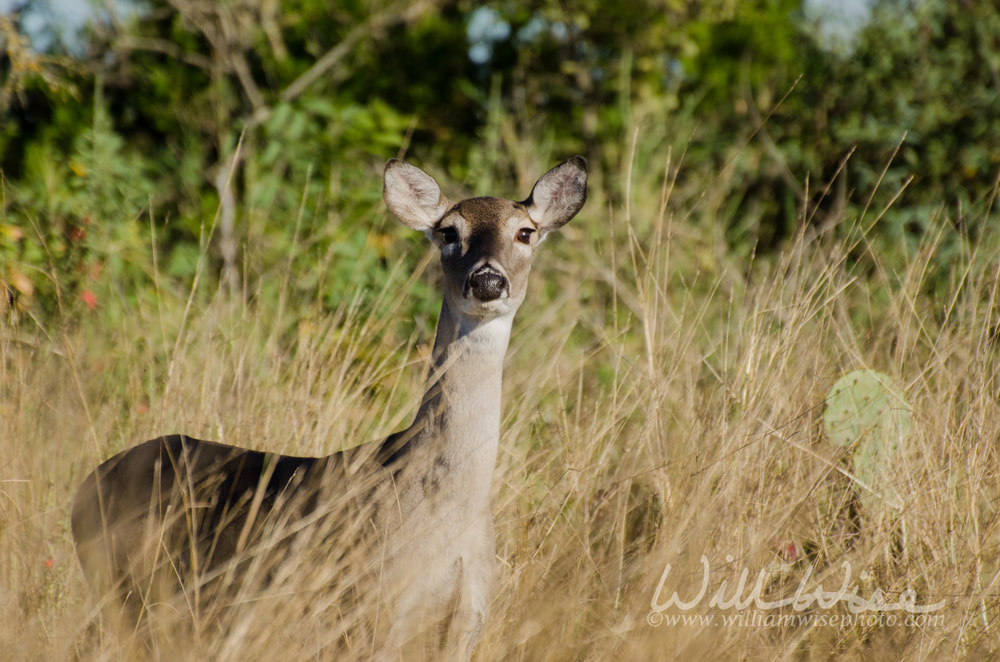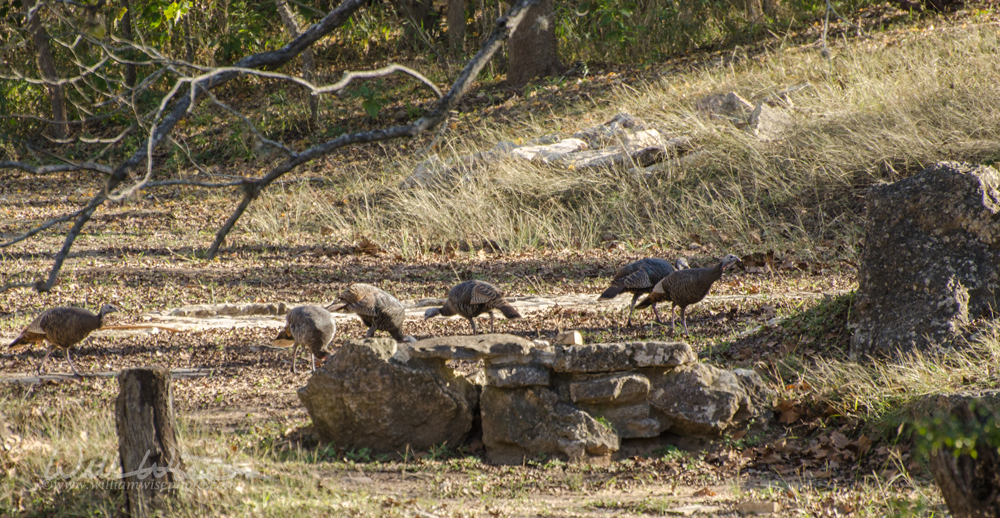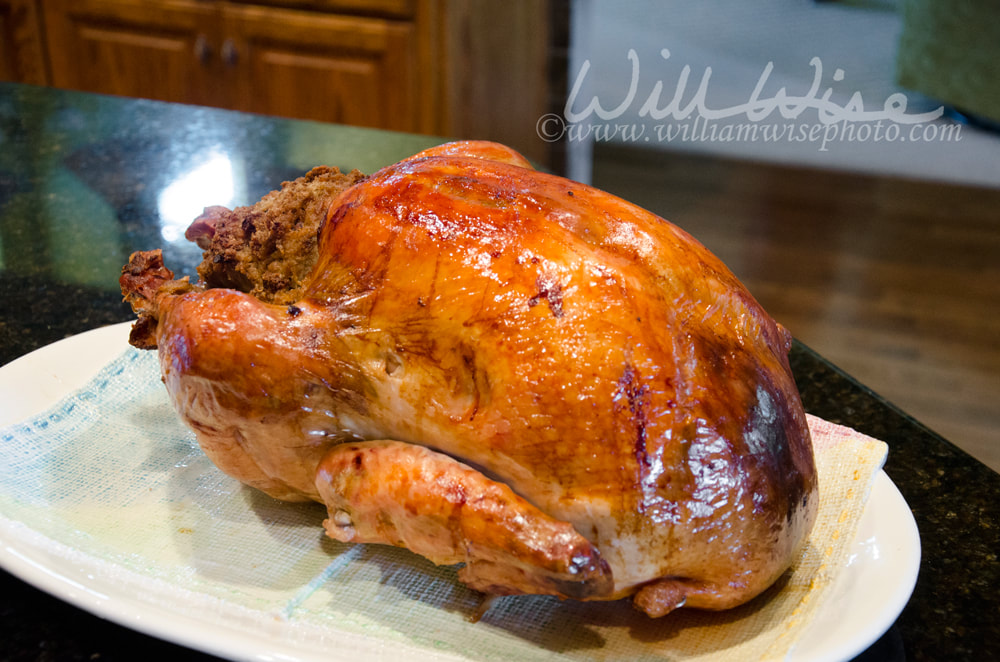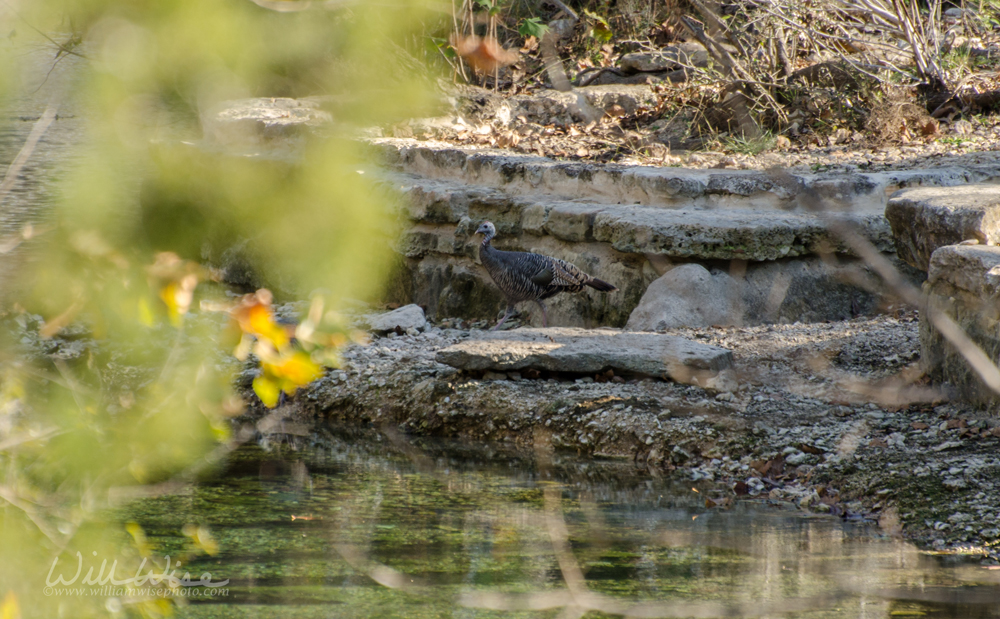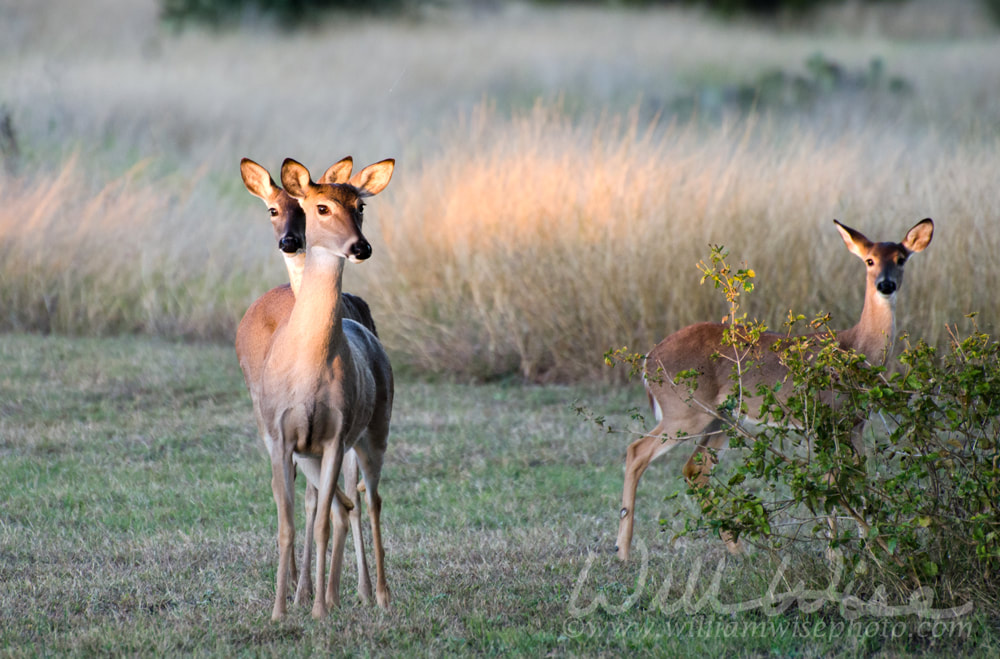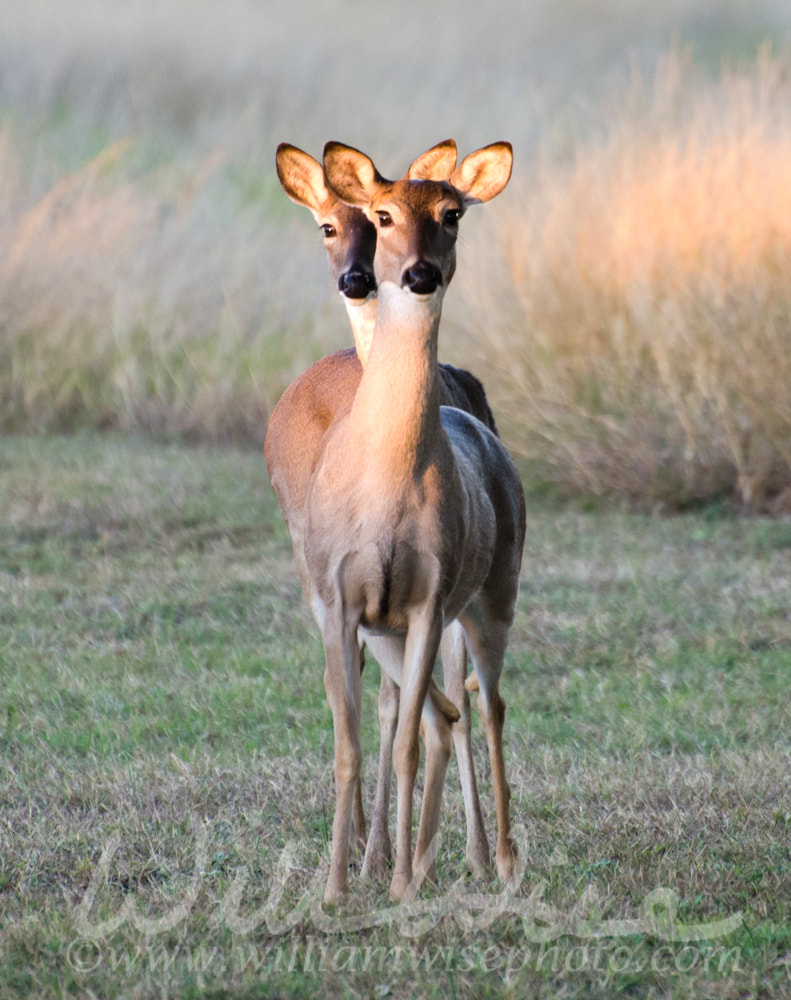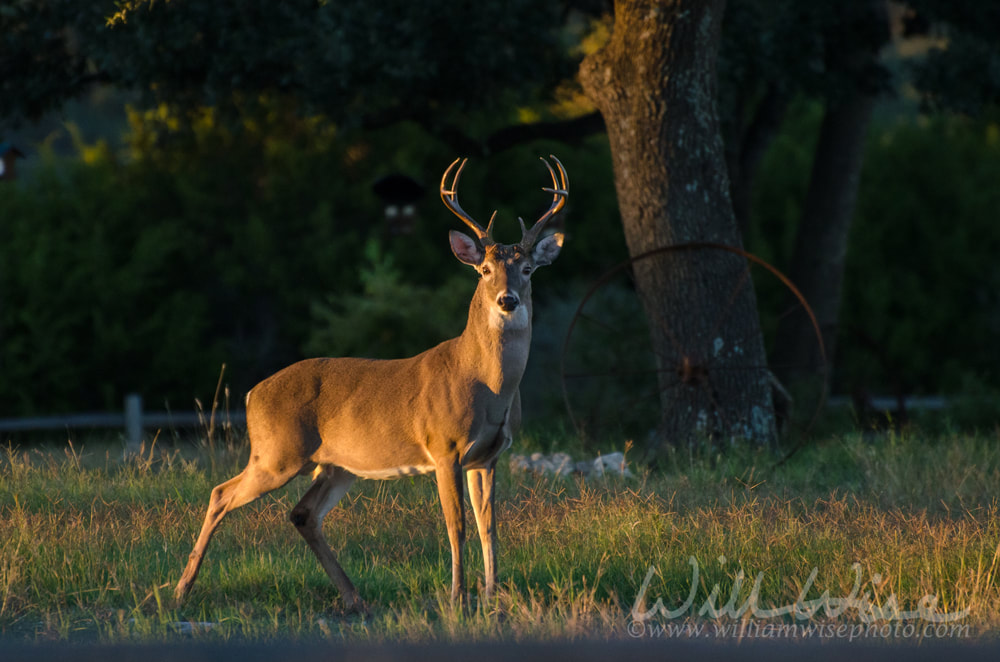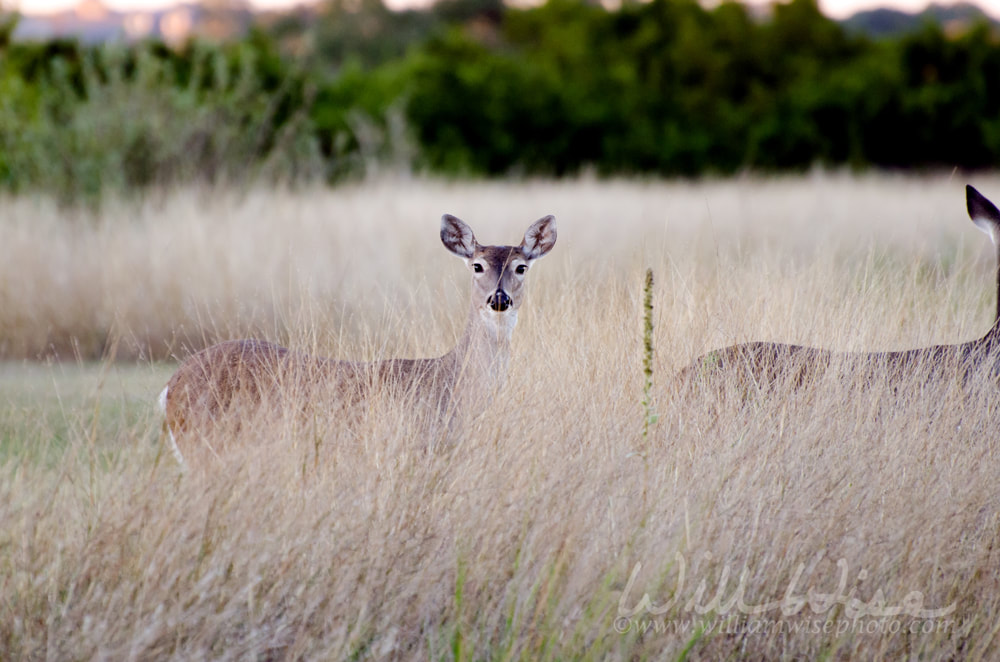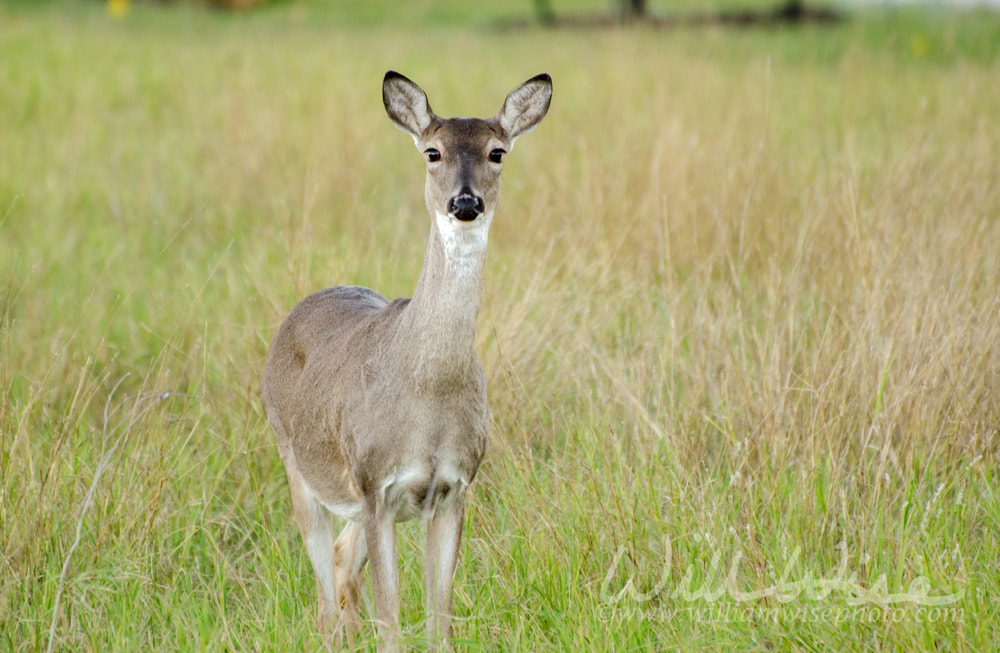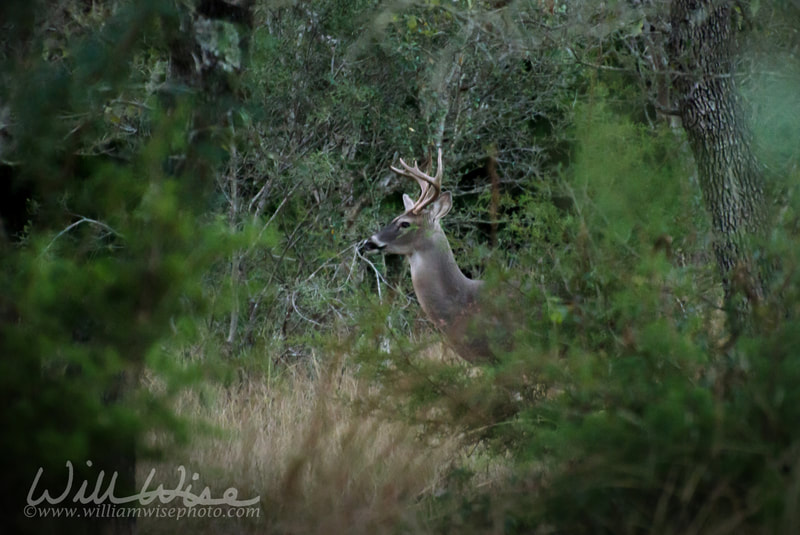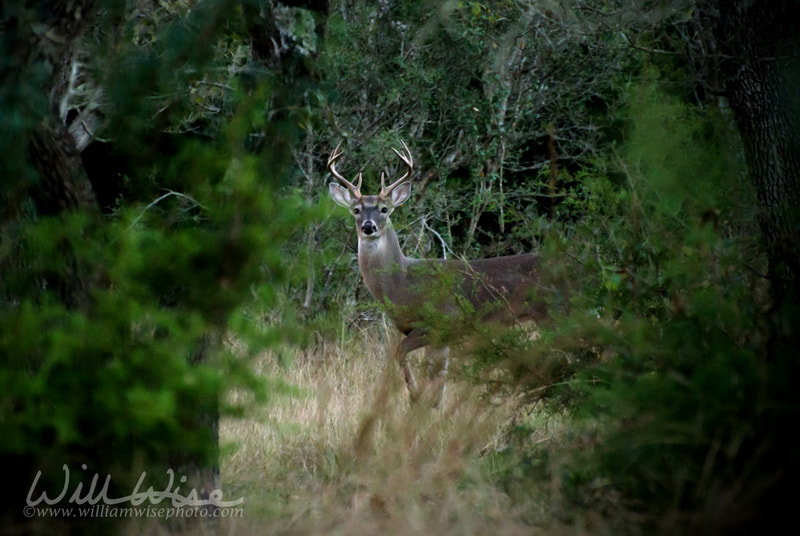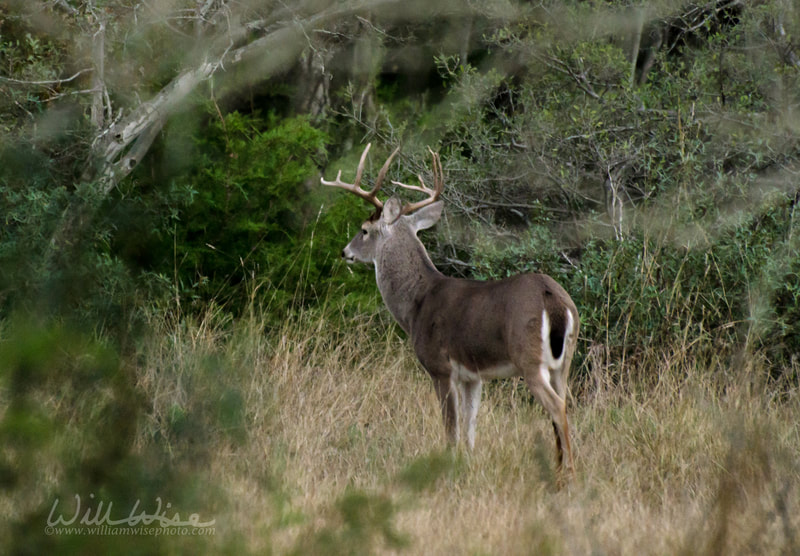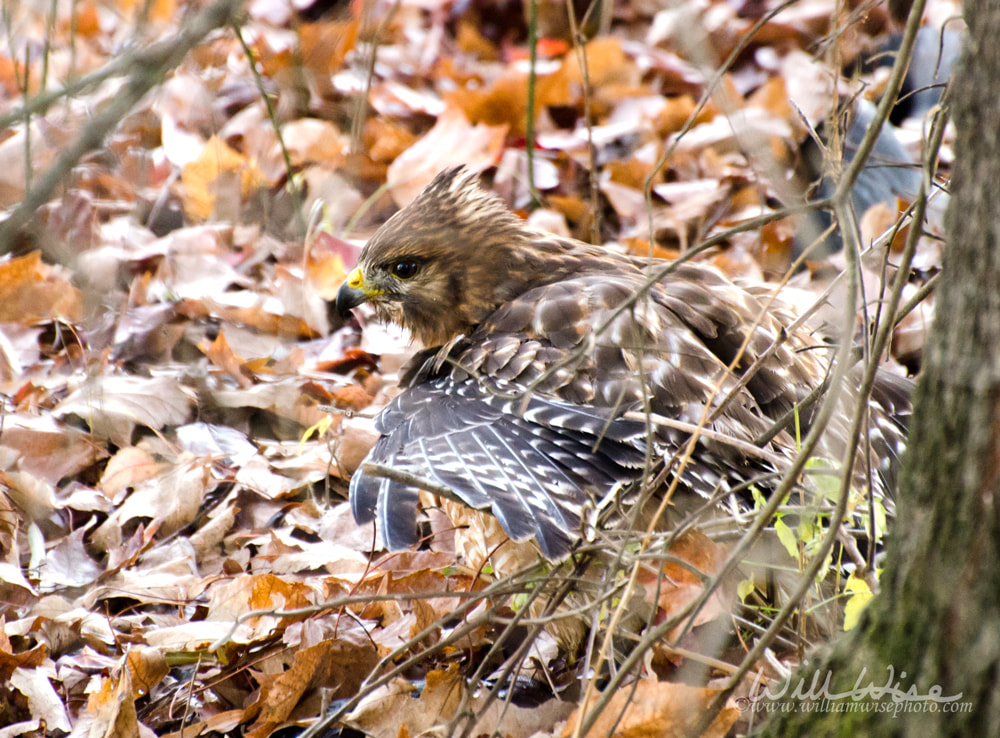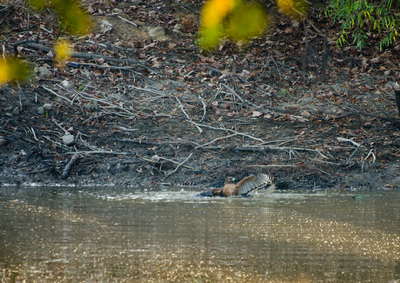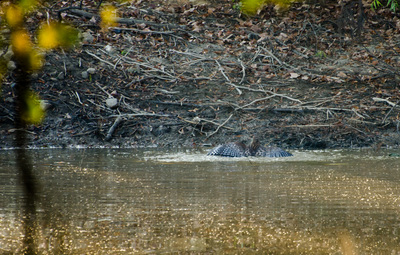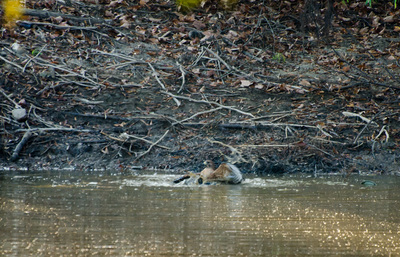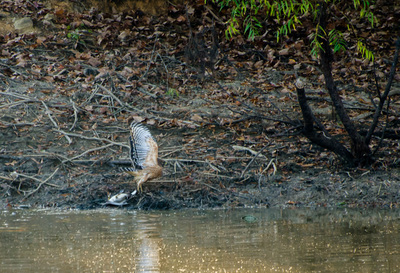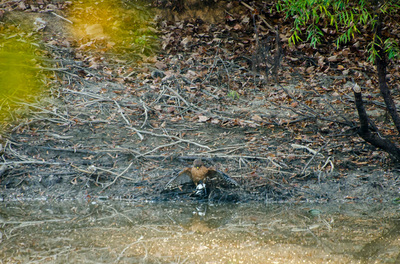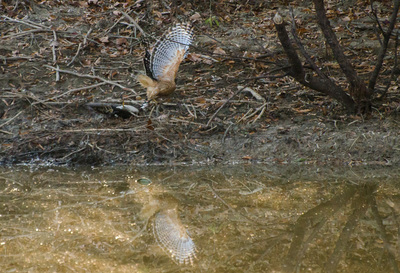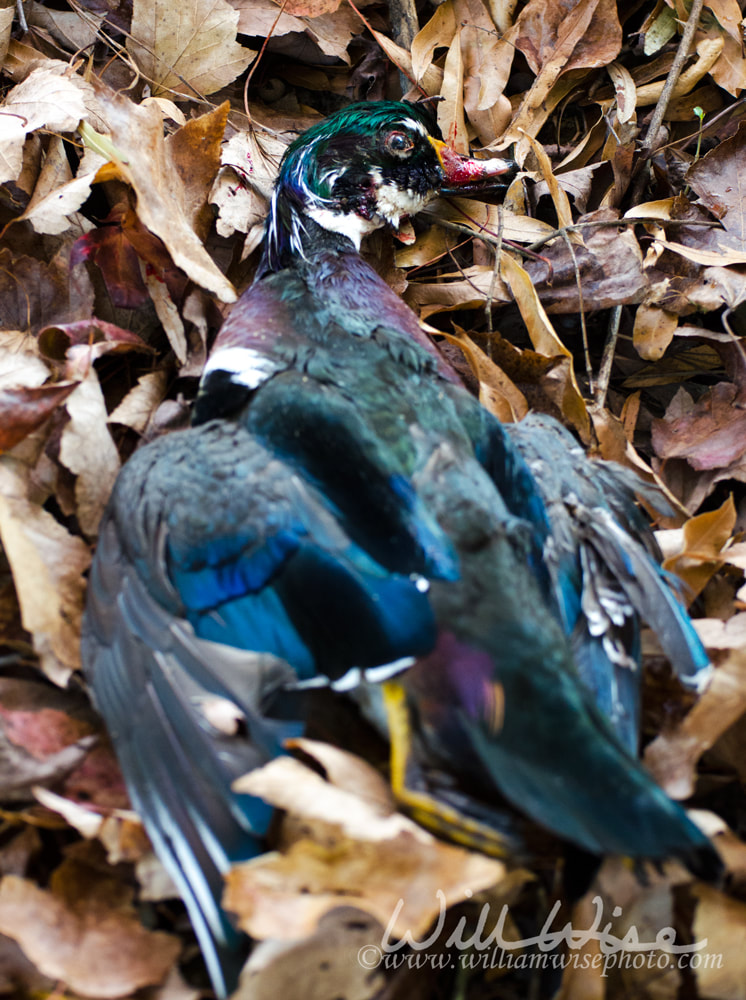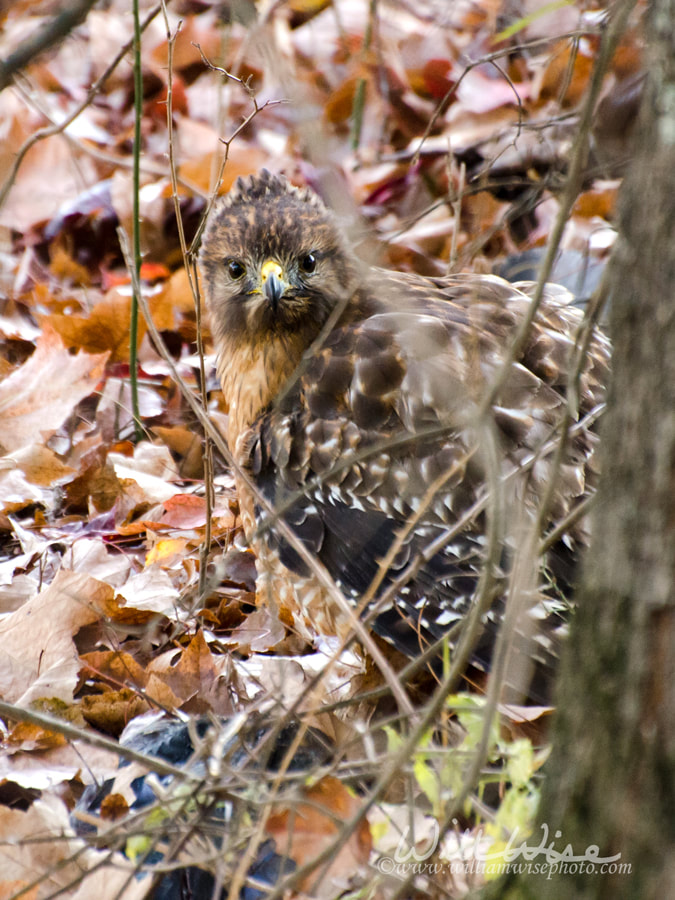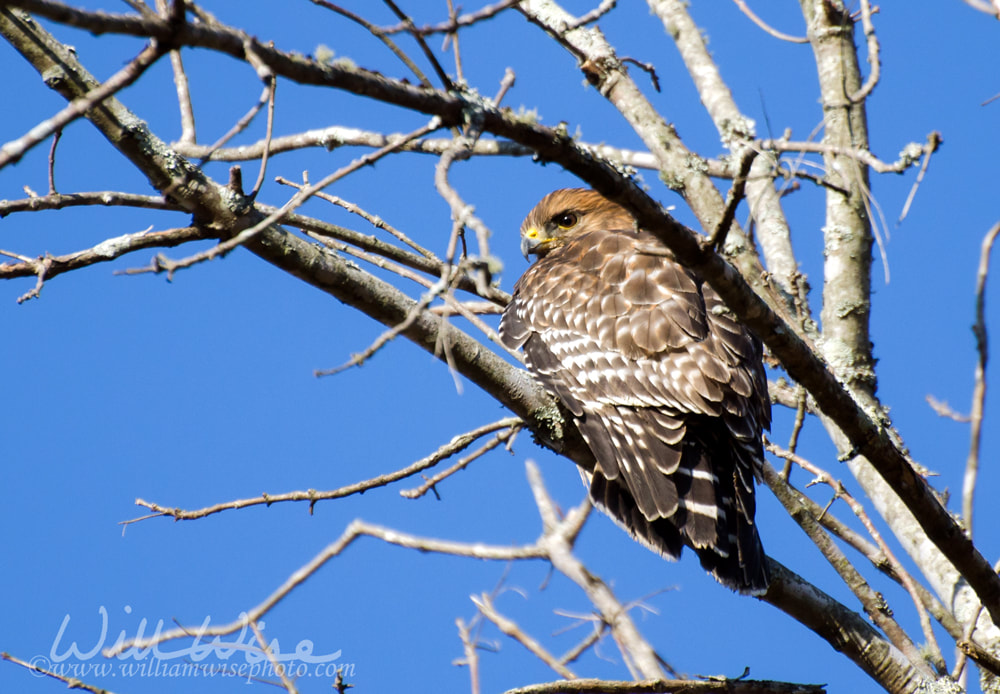 William Wise Photo Nature Notes is a wildlife, landscape, birding and nature photography blog documenting the beauty, design and wonder of God’s creation. “But ask the animals, and they will teach you, or the birds in the sky, and they will tell you; or speak to the earth, and it will teach you, or let the fish in the sea inform you. Which of all these does not know that the hand of the Lord has done this?" Job 12:7-9 Wednesday, 8:29 AM - I was finally able to purchase some replacement parts for a monopod I scavenged from the trash on the sidelines of Sandford Stadium. I found it after a UGA Football game last year when our church was participating in the stadium cleanup program. It must have been tossed by a sports photographer whose company would readily purchase him another. Brand new, the Manfrotto monopod, ball head, and quick release plate are over $200. I ordered $35 of parts to repair it... and it really does help steady the camera for better shots of wildlife and shelter dogs when using a long lens. One man's trash is another man's treasure!
0 Comments
 William Wise Photo Nature Notes is a wildlife, landscape, birding and nature photography blog documenting the beauty, design and wonder of God’s creation. “But ask the animals, and they will teach you, or the birds in the sky, and they will tell you; or speak to the earth, and it will teach you, or let the fish in the sea inform you. Which of all these does not know that the hand of the Lord has done this?" Job 12:7-9 Saturday, 8:00 AM – a chilly early morning, I peer out my front door window into the 42 degree air. Our Day Lilies and Vincas must have been hit by the frost last week while we were gone in Texas. The beautiful crimson leaves are now all fallen from the front yard Maples. Quick as a flash, a new visitor pops up and lands on one of the wilted Day Lilies by the front door. I haven’t seen them since last winter: a Dark-eyed Junco (Junco hyemalis). Juncos signal wintertime all across America as they migrate down from Canada. Allaboutbirds writes, “Juncos are the "snowbirds" of the middle latitudes. Over most of the eastern United States, they appear as winter sets in and then retreat northward each spring.” Athens-Clarke County, Georgia  William Wise Photo Nature Notes is a wildlife, landscape, birding and nature photography blog documenting the beauty, design and wonder of God’s creation. "Thou art worthy, O Lord, to receive glory and honour and power: for thou hast created all things, and for thy pleasure they are and were created." Revelation 4:11 Thursday, Happy Thanksgiving! I am thankful for this beautiful creation God has given us to enjoy as an appetizer for the next life. Bright orange sun rising in a totally blue sky; 42 degrees. Around 7:20 AM my wife 'shouts' in a whisper, "Come here! Come here! Fast, fast, fast!" She's looking through the bevelled glass of the front door. "A big one," she says. I open my parents' front door and to the right is a large buck. I wasn't going to go for a deer photo drive this morning, but now I think I may. There are not too many chances in other places to see large bucks concentrated in an area like this. And with my parents soon be moving back to Georgia, these will be my last Texas photographs for some time... perhaps forever. Here closes the chapter on "Trophy Texas Hill Country Whitetailed Deer Bucks". I am saddened. Wednesday, 7:50 AM - on Stable Lane, three bucks were sparring. One had a long branch and leaves stuck in his rack. Not too much else this morning.
SEE MORE LONGHORNS HERE: William Wise Photo Nature Notes is a wildlife, landscape, birding and nature photography blog documenting the beauty, design and wonder of God’s creation. -- "What a wildly wonderful world, God! You made it all, with Wisdom at Your side, made earth overflow with your wonderful creations." Psalms 104 The Message Tuesday 7:30 AM – cloudy and windy; no worry about glare on my lens. Several decent bucks to photograph this morning. Around 3 PM it is still overcast, windy, but warm and humid. I went for a 1 hour bike ride with Amanda. We explored the creek behind the clubhouse and at the front pond. I got a bit better shot of the Kestrel that stays on the wire near the front of the neighborhood. At 4:30 it began raining like a tropical rain forest. Later that night we went for a walk in the dark. Groups of 15 to 20 deer were sitting in the grass in different areas, their eyes lighting up from the beam of our flashlight. It can be a bit eerie walking out in the dark night sky. My parents live in a “neighborhood” south of Austin, Texas. Being a gated community surrounded by expanses of hunted ranchlands, the deer really concentrate in this area. It has been a wonderful location for me to shoot (with my camera) some really nice bucks over the years. In addition to some big trophy winners, I’ve seen some bucks with irregularly shaped antlers, and this 2016 trip was no exception. Antler shape and size is certainly genetic. But genetic deformities normally occur on both antlers, while defects to only one antler are more likely the result of injury, parasites, disease or malnutrition. Injuries to one side of a buck's body can cause an antler deformity on the opposite side; a phenomenon called a contra lateral effect. Antler breaks and injuries may also occur when the antler is in velvet. When a velvet antler is fractured yet its blood supply is not severed, the broken antler may fuse and continue to grow. Cracked antlers generally heal with a bulge at the fracture site. (Source: Outdoor Life)
Driftwood, Texas 7:30 AM - A quick morning drive through LaVentana before breakfast and leaving with the family for outlet shopping in San Marcos. At one house that has an auto-feeder, 15-20 deer are gathered, mostly does and fawns.
 William Wise Photo Nature Notes is a wildlife, landscape, birding and nature photography blog documenting the beauty, design and wonder of God’s creation. -- "What a wildly wonderful world, God! You made it all, with Wisdom at Your side, made earth overflow with your wonderful creations." Psalms 104 The Message 7:50 AM, a drive through the hill country with my daughter. Lots of bucks chasing does; lots of photos! A bright blue sky and orange rays of sunshine; 40 degrees. I love Texas! 8:00 PM – closing the day on a walk with my stepfather. Dark. Beautiful, bright stars in the sky. There is so little light pollution out here away from the city. On our way back, the coyotes are heard howling in the distance… lots of coyotes in chorus. The neighbors dogs bark in response.  William Wise Photo Nature Notes is a wildlife, landscape, birding and nature photography blog documenting the beauty, design and wonder of God’s creation. "Thou art worthy, O Lord, to receive glory and honour and power: for thou hast created all things, and for thy pleasure they are and were created." Revelation 4:11 Sunday, 3:17 PM - Thursday will be a truly very happy Thanksgiving for these Wild Turkeys! They are quite thankful to be free roaming at Jacob's Well in Wimberly, Texas instead of in a freezer at Sam's Club waiting to be cooked and served! Jacob's Well is a perennial karstic spring in the Texas Hill Country flowing from the bed of Cypress Creek, located northwest of Wimberley, Texas. The 12-foot diameter mouth of the spring serves as a popular swimming spot for the local land owners whose properties adjoin Cypress Creek. From the opening in the creek bed, Jacob's Well cave descends vertically for about 30 feet, then continues downward at an angle through a series of silted chambers separated by narrow restrictions, finally reaching an average depth of 120 feet. (souce: Wikipedia)
 Creation Speaks is a Biblical teaching ministry that uses nature writing and photography to glorify our Creator and teach the truth of creation. “But ask the animals, and they will teach you, or the birds in the sky, and they will tell you; or speak to the earth, and it will teach you, or let the fish in the sea inform you. Which of all these does not know that the hand of the Lord has done this?" Job 12:7-9 "...like two young roes that are twins, which feed among the lilies." Song of Solomon 4:5 ASHAMED?Normally, I’m not ashamed to quote the Bible. Since I gave my life to Jesus in 1993, I’ve had the regular habit of witnessing to friends, coworkers, door-to-door and street preaching at crowded University of Georgia football games. Because of what Jesus has done for me, I am not ashamed of the gospel.
However, there is one book of the Bible I may be a bit ashamed to openly declare. Not because I fear reproach, but because it makes me a little bashful! The Song of Solomon is a beautiful book of poetry describing the exchanges between two young lovers. There is enough poetic romance there to make anyone blush! But through this wonderful poem, God expresses His love for His creation. GOD’S LOVE OF CREATION… God’s love for His creation is revealed in the poem's expression of the beauty of nature; in the turning of the seasons which inspired these young lovers. “For, lo, the winter is past, the rain is over and gone; the flowers appear on the earth; the time of the singing of birds is come, and the voice of the turtle is heard in our land; the fig tree putteth forth her green figs, and the vines with the tender grape give a good smell. Arise, my love, my fair one, and come away.” (2:10-13)
It is clear that God loves His creation, and His intent is that we enjoy it as well. Yes, it is true, as Christians we are not living for this world, but the next. But while here, God wants us enjoy and appreciate the beauty that is found here, and to give glory to our Creator.
 Williamwisephoto Nature Notes is a wildlife, landscape, birding and nature photography blog documenting the beauty, design and wonder of God’s creation. -- "What a wildly wonderful world, God! You made it all, with Wisdom at Your side, made earth overflow with your wonderful creations." Psalms 104 The Message Back in Texas! With my parents talking of moving back to Georgia, this could very well be my last Texas trip. That makes me sad. My last Salt Lick BBQ; my last evening walks in the cool, fall Hill Country; my last relaxing Thanksgiving looking over the longhorn pastures; my last cruises by car and by bike looking for the big bucks. I wish I had bought the 600mm telephoto lens before coming on this trip.
We arrive in Texas at 5:00 PM. My parents have left for church and I have left on a bike with my camera. I find a buck chasing a doe up toward my mother’s house, but I’m too slow to photograph. Riding further there isn’t much else this first evening than a Kestrel on a wire and a few does here and there.  William Wise Photo Nature Notes is a wildlife, landscape, birding and nature photography blog documenting the beauty, design and wonder of God’s creation. -- "What a wildly wonderful world, God! You made it all, with Wisdom at Your side, made earth overflow with your wonderful creations." Psalms 104 The Message Friday, 8:07 AM – Loud splashes reverberate off the water; large ripples disturb the surface of the pond! An animal twists and bobs in the water, struggling to stay afloat. It is the sight and sound of a struggle. But what is it? From a distance I can’t tell. It seems too violent to be one of the beaver simply smacking his tail on the water. Raising my telephoto lens I get a first glimpse... it's a hawk flailing in the water. Halfway underwater… now mostly submerged… now turning away from me… now spinning towards me… struggling to lift off out of the water… struggling to make it to the bank. Why would a hawk be in a pond? And how the heck could a hawk drown? Wait a minute… there is something in its sharp talons; something struggling for life, taking its last gasps of air. As the prey loses the struggle and expires, the hawk is still struggling to pull it from the water; to drag it up on the bank. A big catfish? No, it looks like a duck; perhaps it is one of the recently arrived Mergansers? I sit and watch as the hawk slowly manages to pull his quarry up on the leaf-laden bank of the pond. Pull… rest… pull… rest. Now I notice the repeated, mournful, alarmed ‘ooh-eee’ whistle from the far side of the water. After nearly 10 minutes of toil, the hawk is able, foot by foot, to drag his prey several yards up underneath a Water Oak standing near the water’s edge. He sits upon his catch, wet and exhausted. Now is my chance to sneak in closer. He is not going to leave his hard fought for breakfast and allows me some close up photos. He is reluctant to leave, having struggled so hard for this prize. I go in for a closer look at his catch... a now deceased, but beautifully colored, male Wood Duck. The ruffled feathers, a deep talon puncture on his cheek, the distant glaze in his eye... all signs of his struggle. As I press in a little too close, the hawk leaves its prey, hopping to a branch just above; then about 20 feet above into an old snag to dry his wings in the sun. Do I take the Wood Duck for my coworker to mount? No. That wouldn’t be right. The hawk struggled so hard for this meal, I can’t possibly take it. I leave the duck lying in the leaves with the hawk peering down at me from the treetop. Later in the afternoon I return to the scene. The duck is gone without a trace. Not a single feather on the ground; no sign of a feast. After drying his wings, the hawk must have been able to lift off with the duck and consume his quarry elsewhere. Life in the wild is a struggle… for both predator and prey alike. Walton County, Georgia |
Categories
All
Archives
January 2025
|
|
All content is ©williamwisephoto.com. Please don't steal images. My images are available at dreamstime.com. Stock sales go into the shelter photography program.
|
In December 1993 I came to know the Designer and Creator of this wonderful planet and its creatures: Jesus Christ.
|
Donations help support the animal shelter adoption photography equipment and adoption website hosting and domain fees. Thanks for your support!
|
